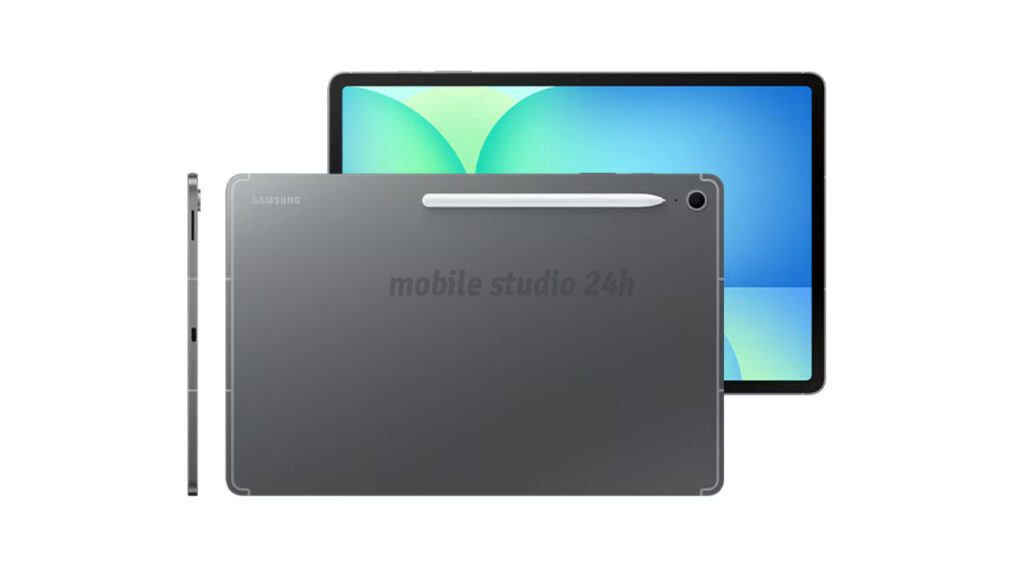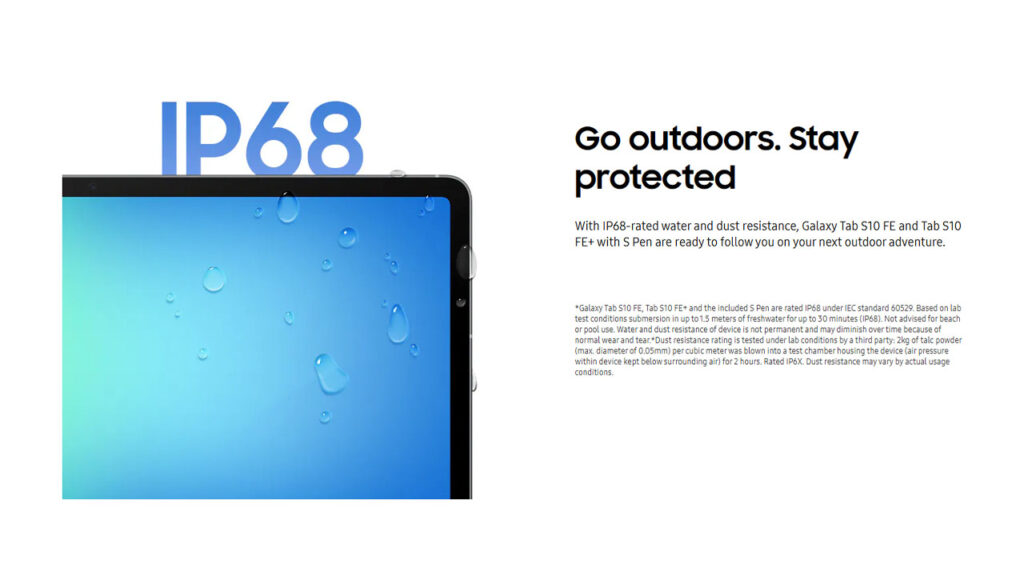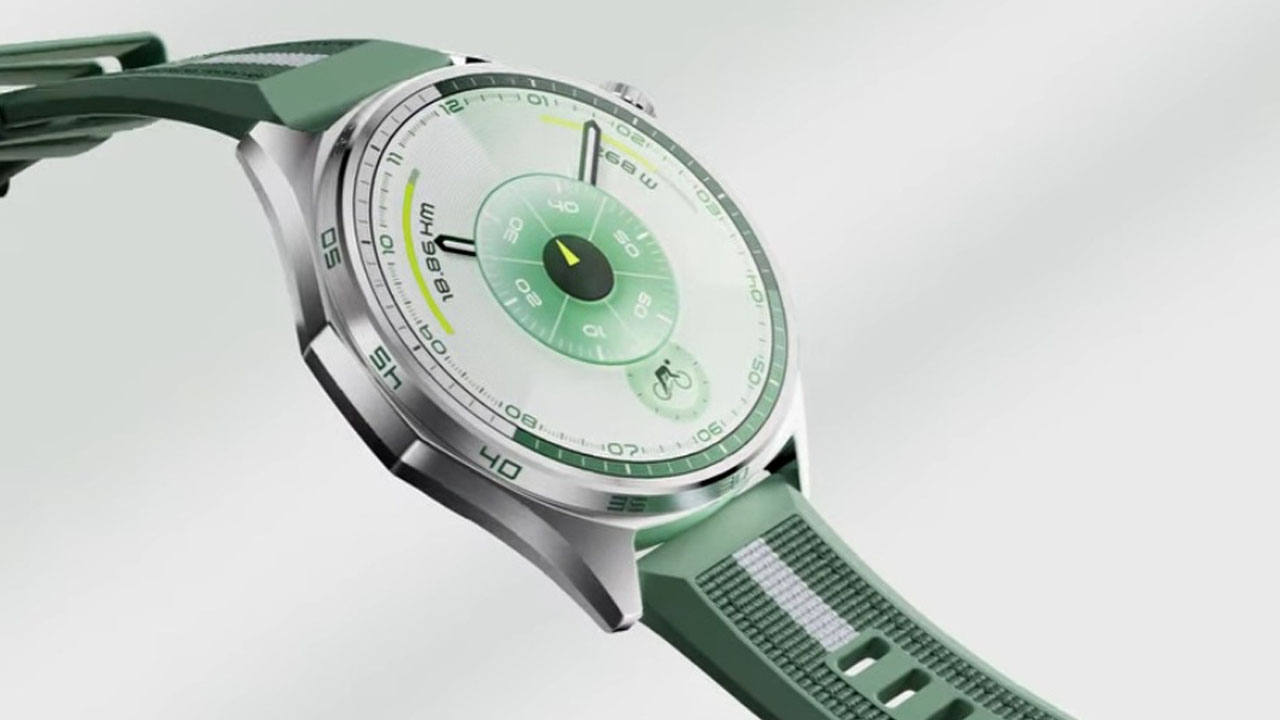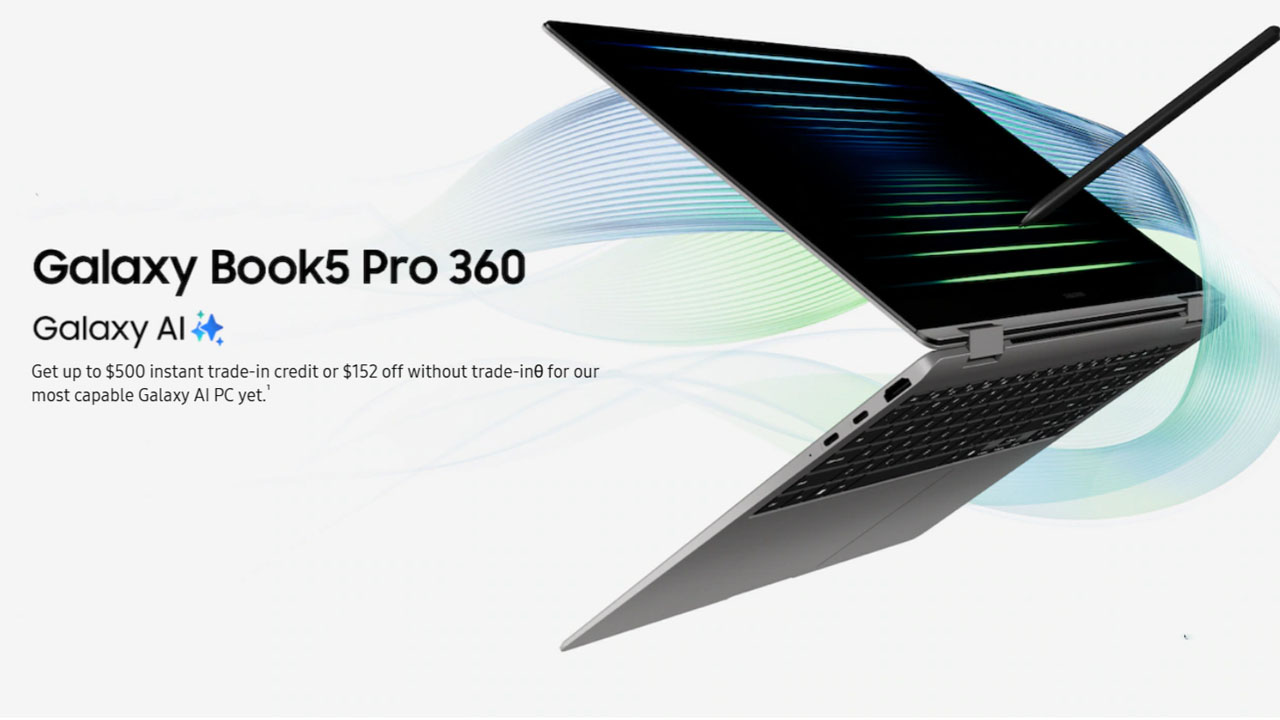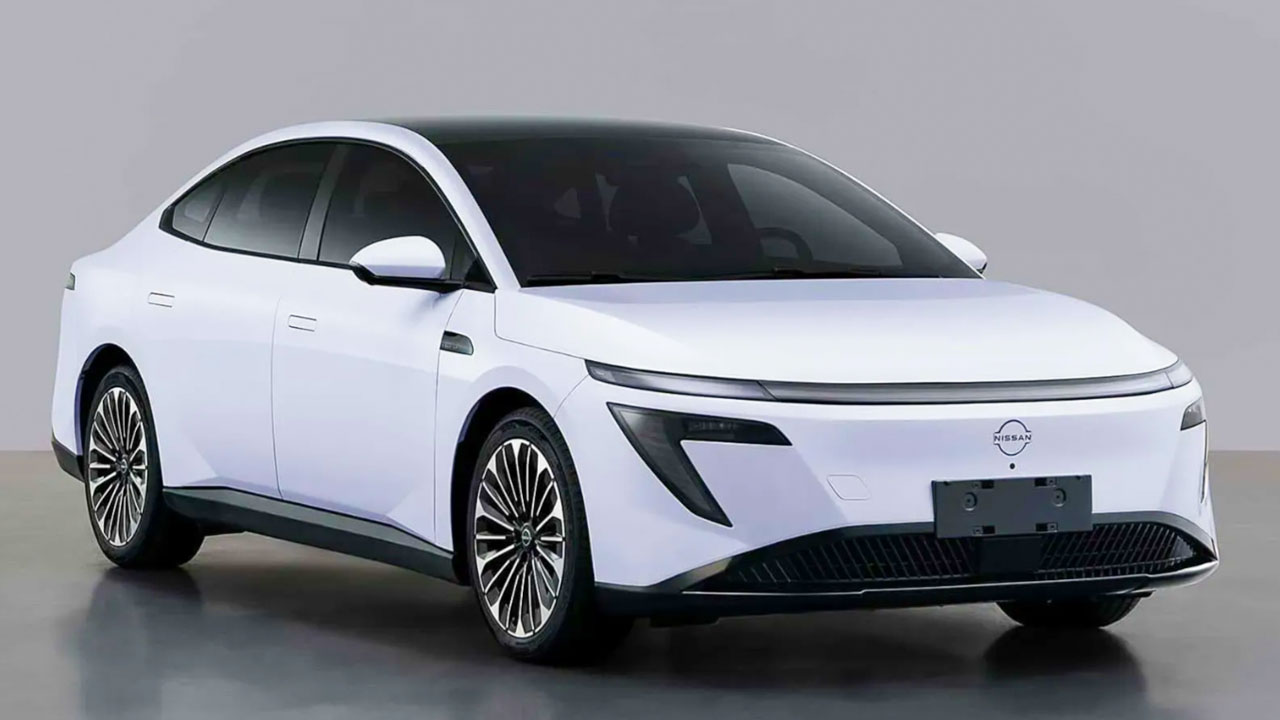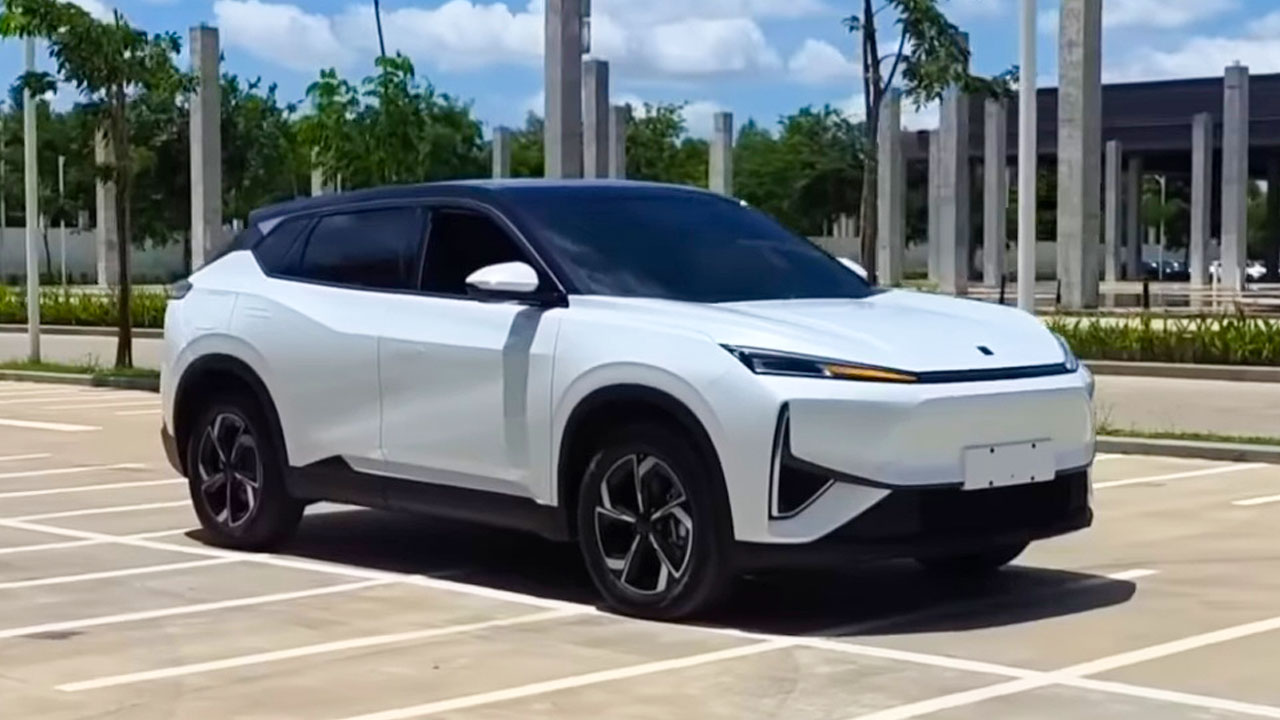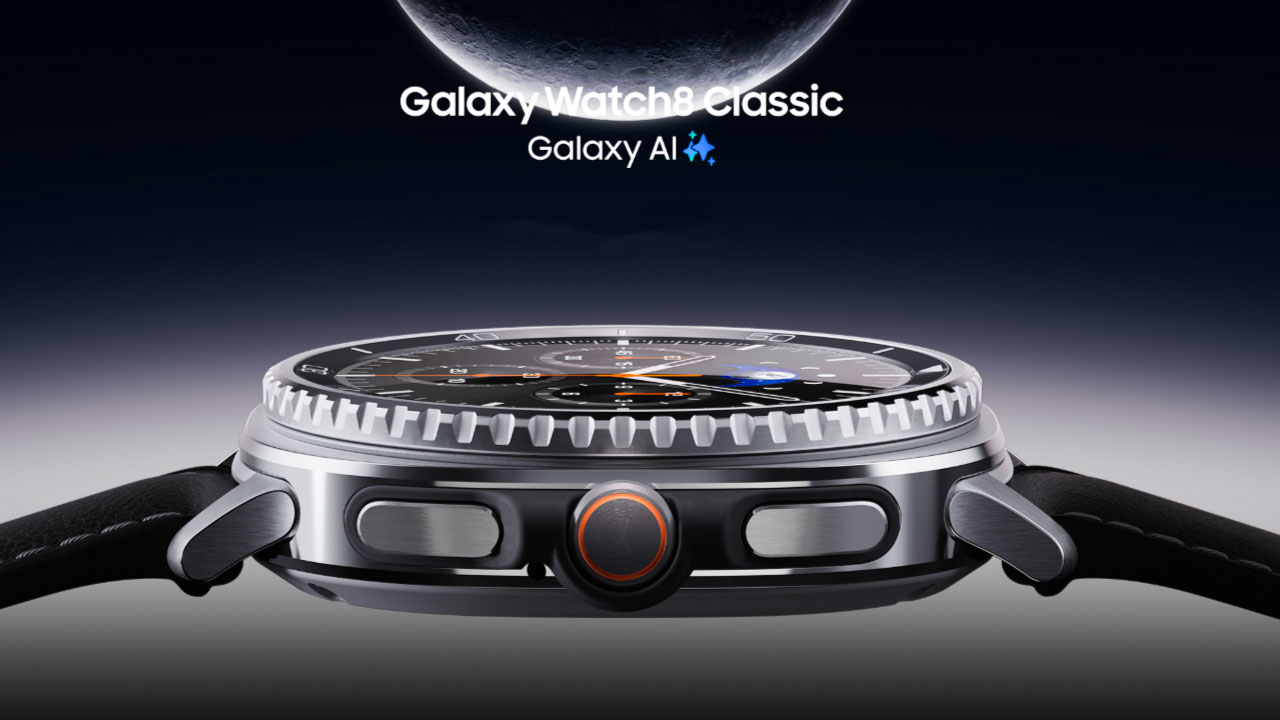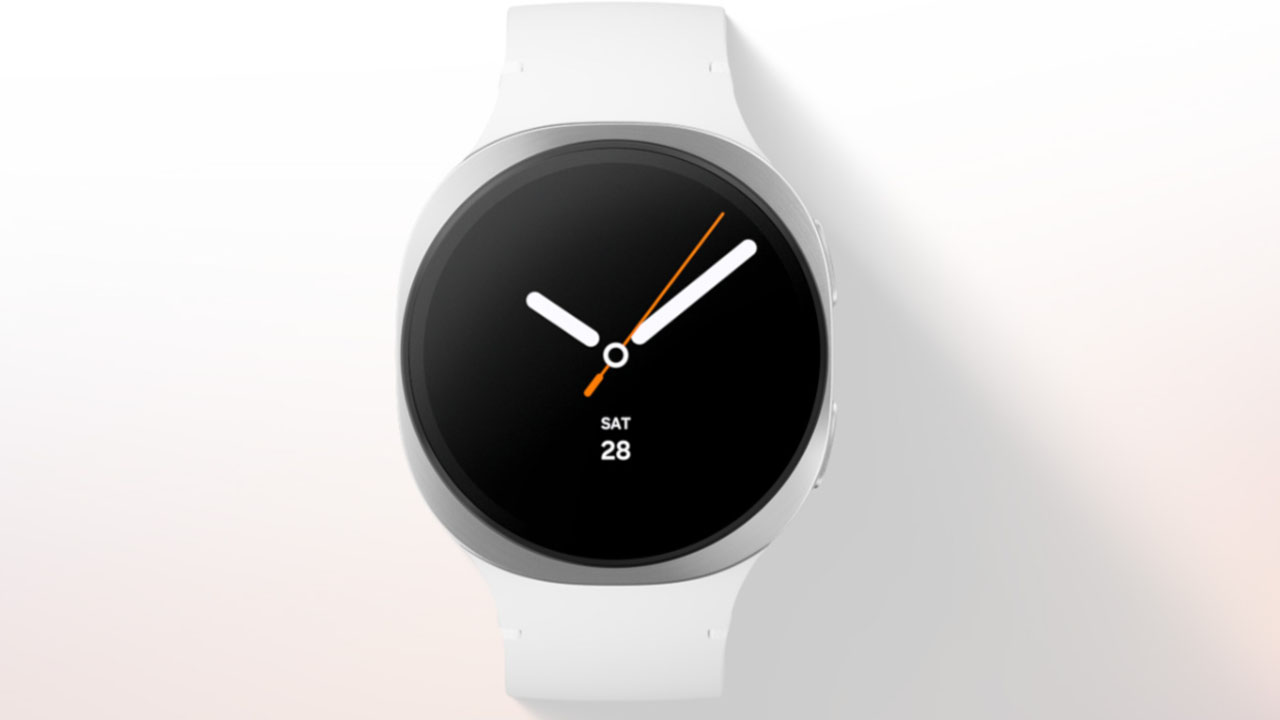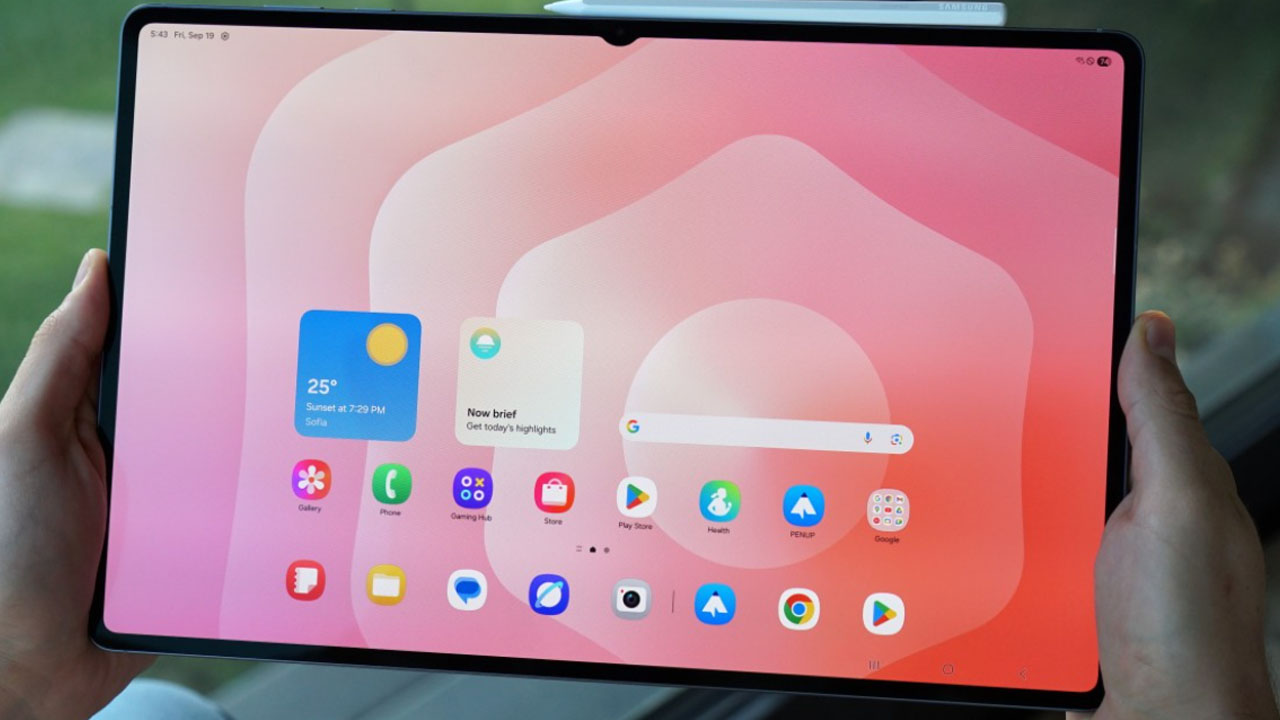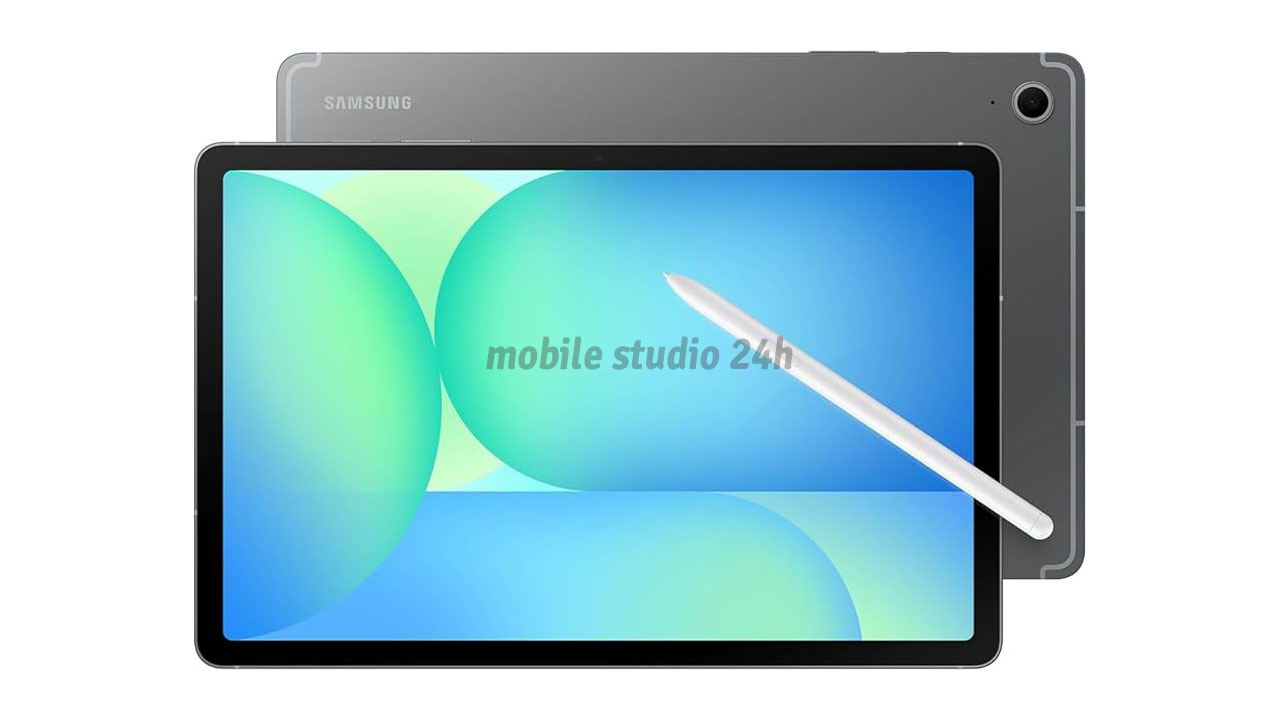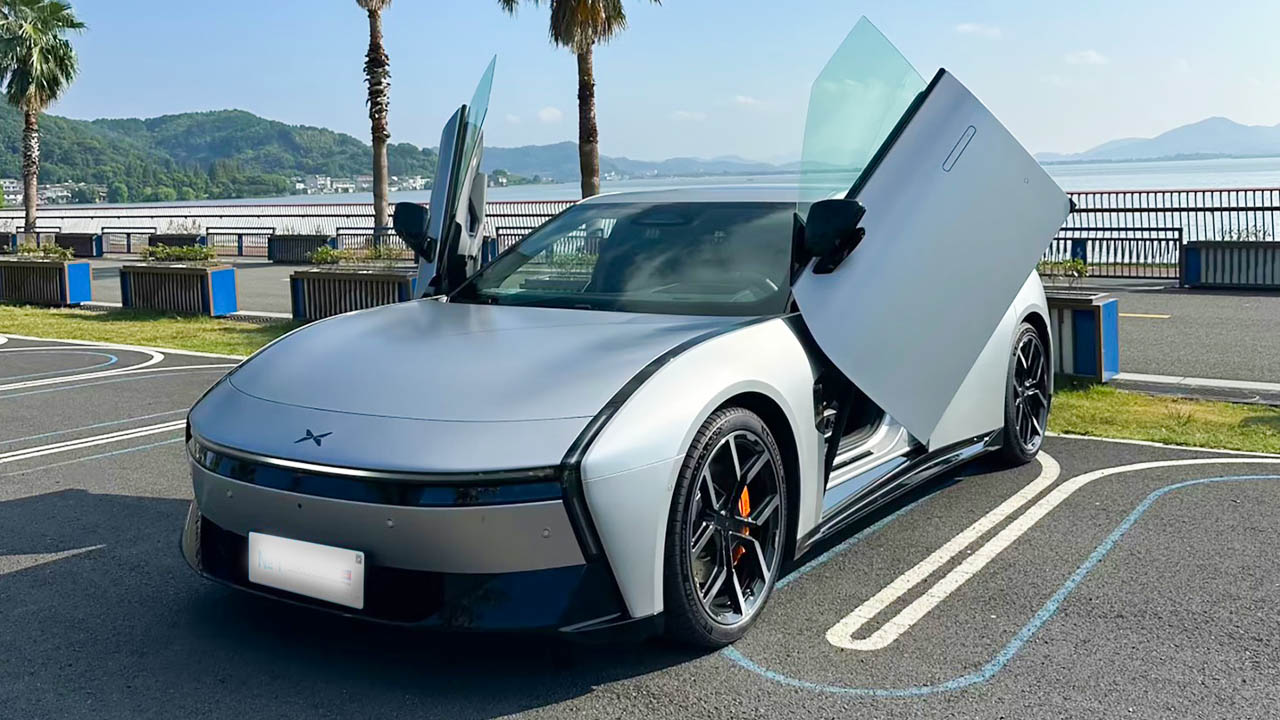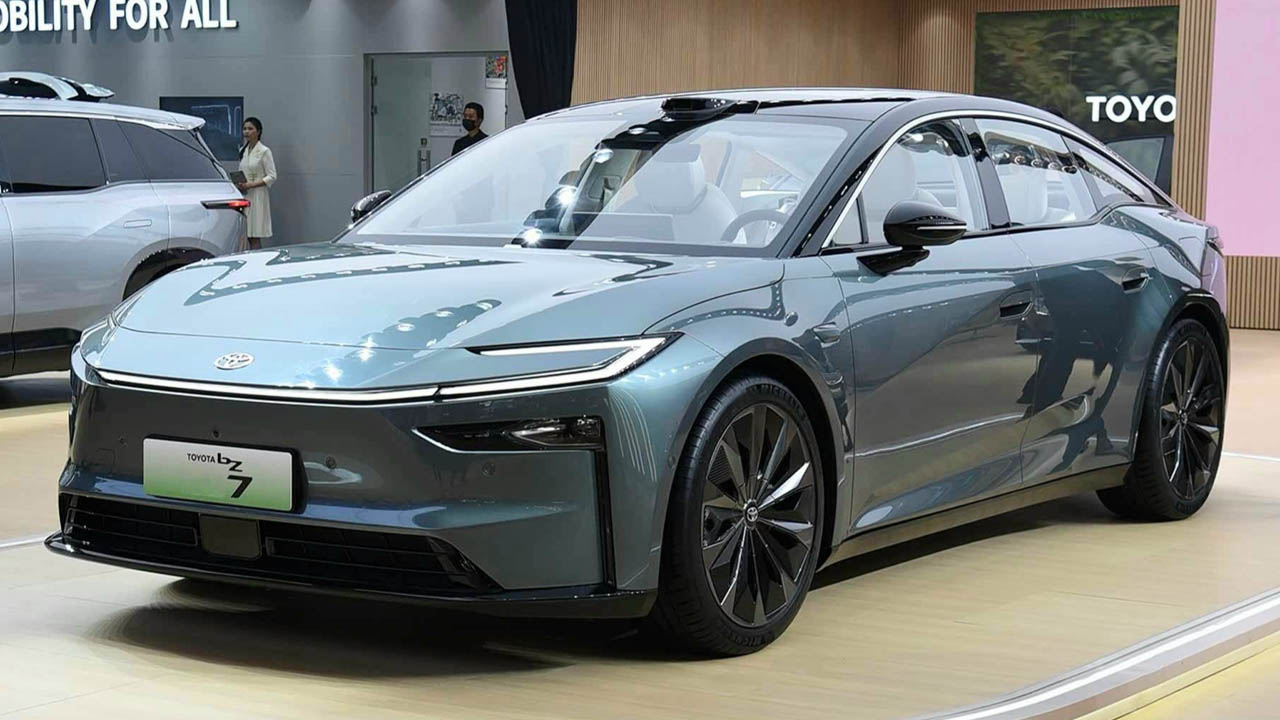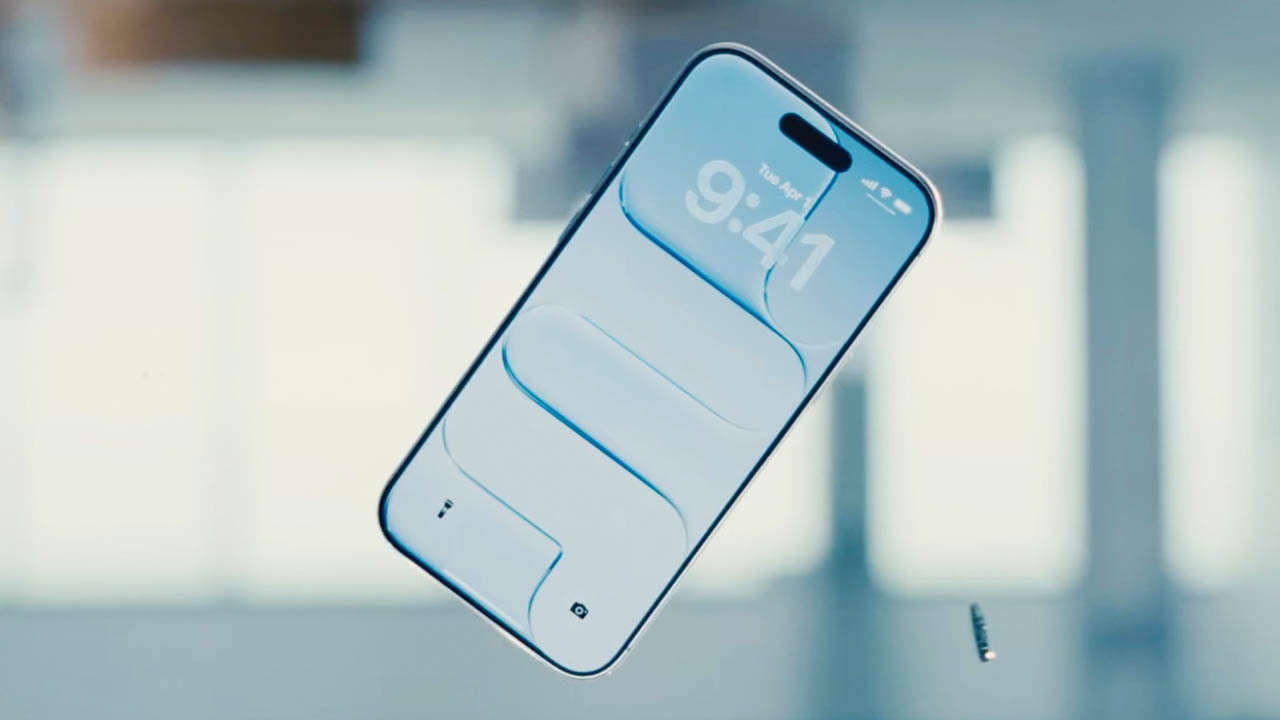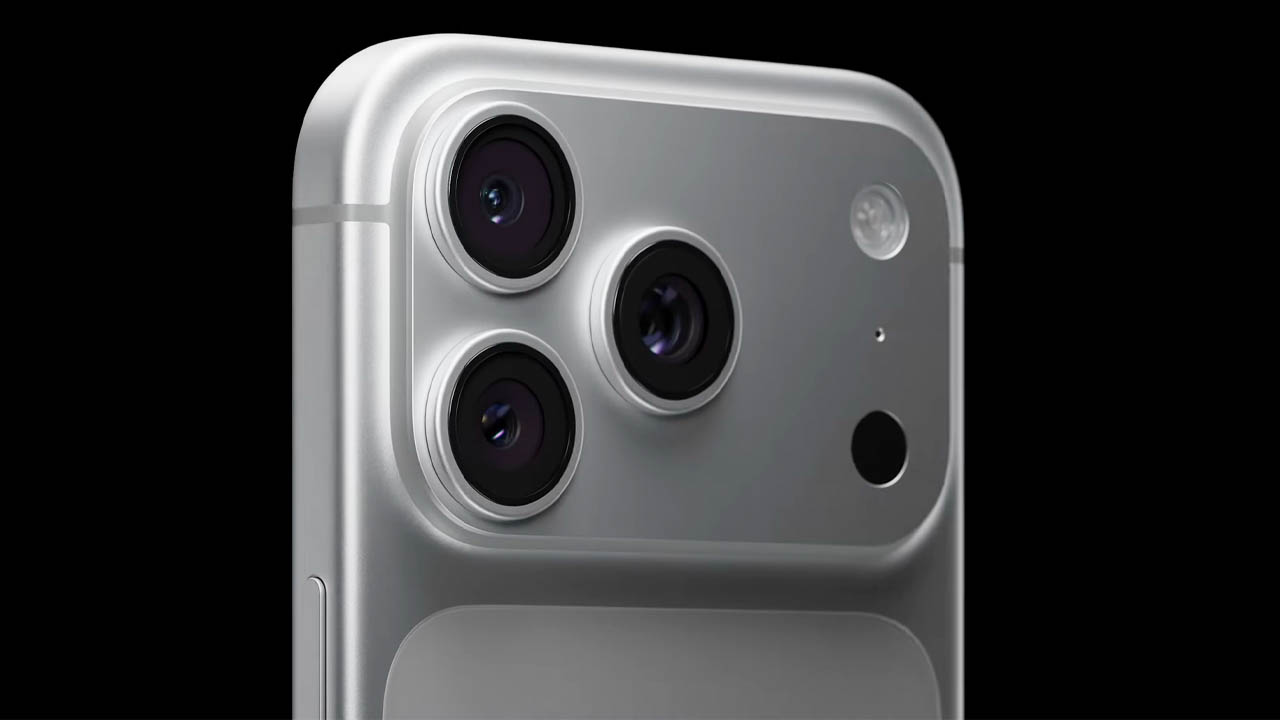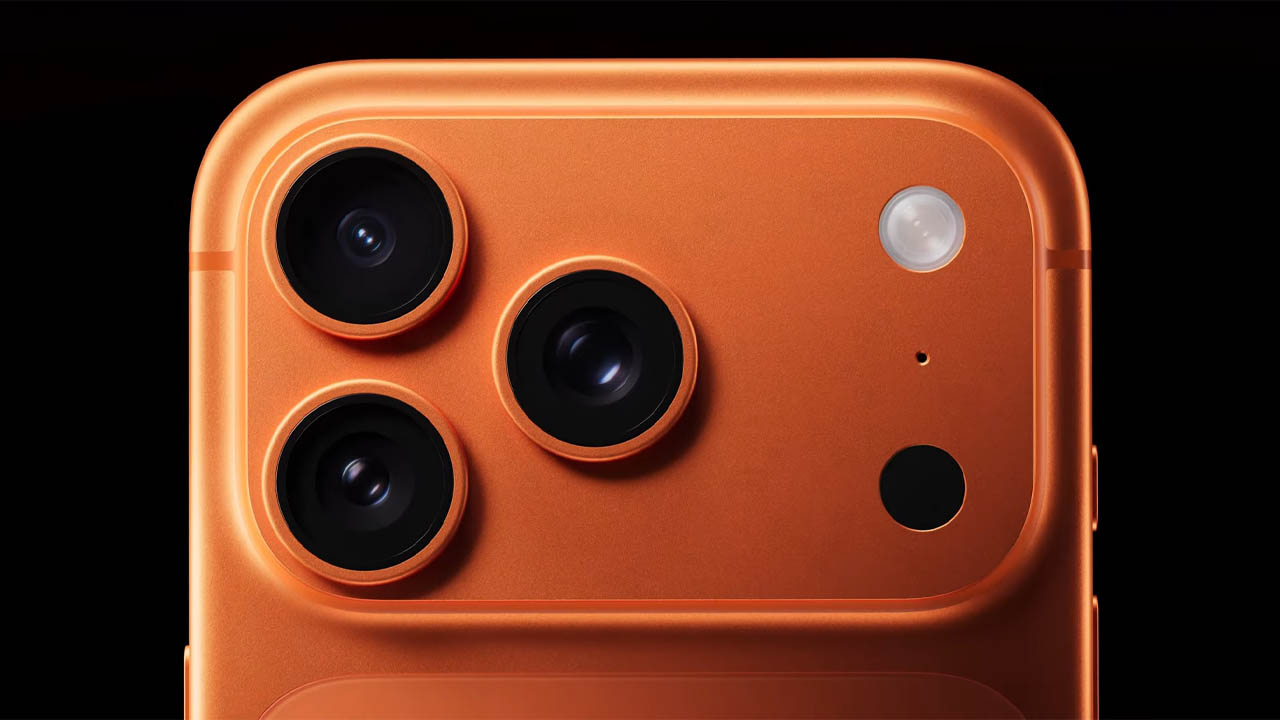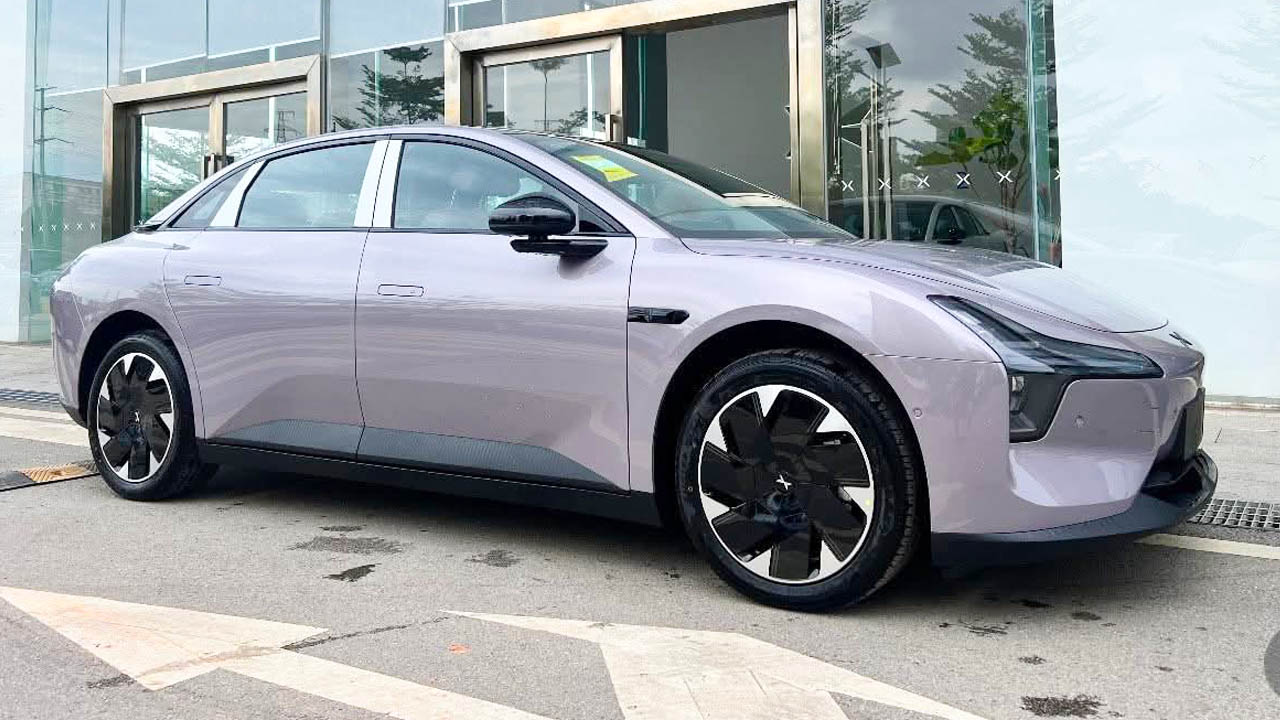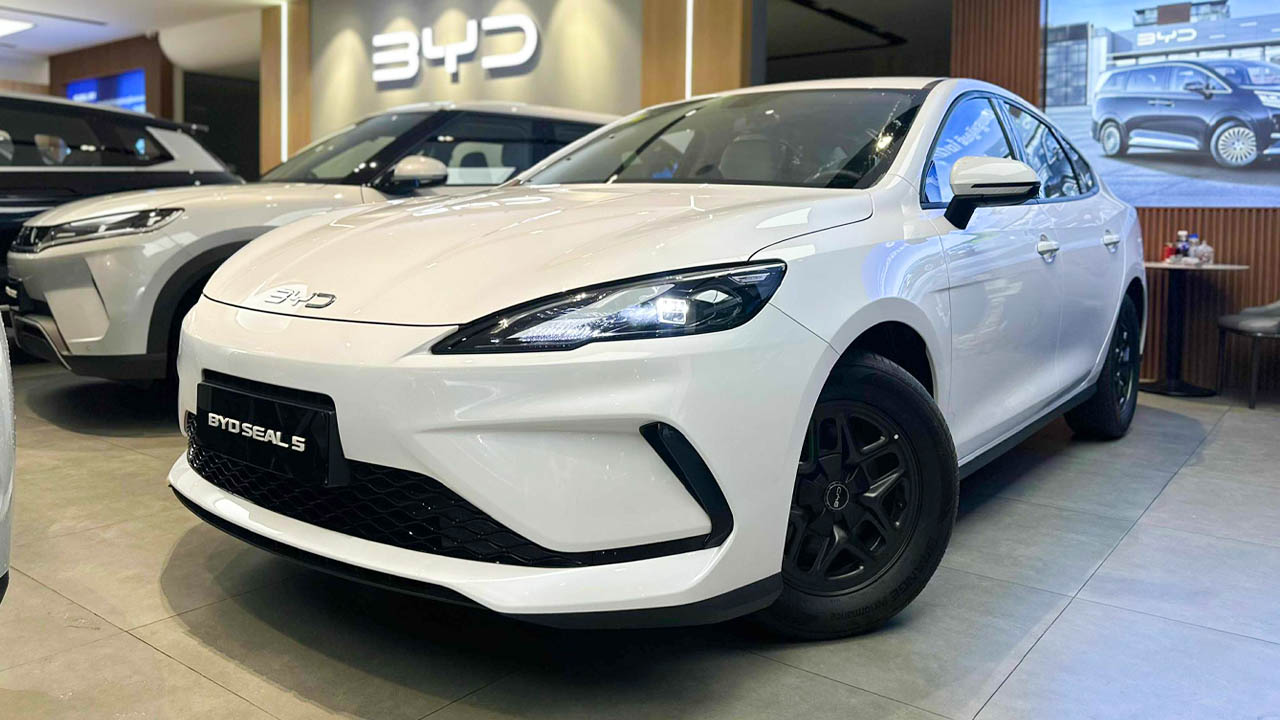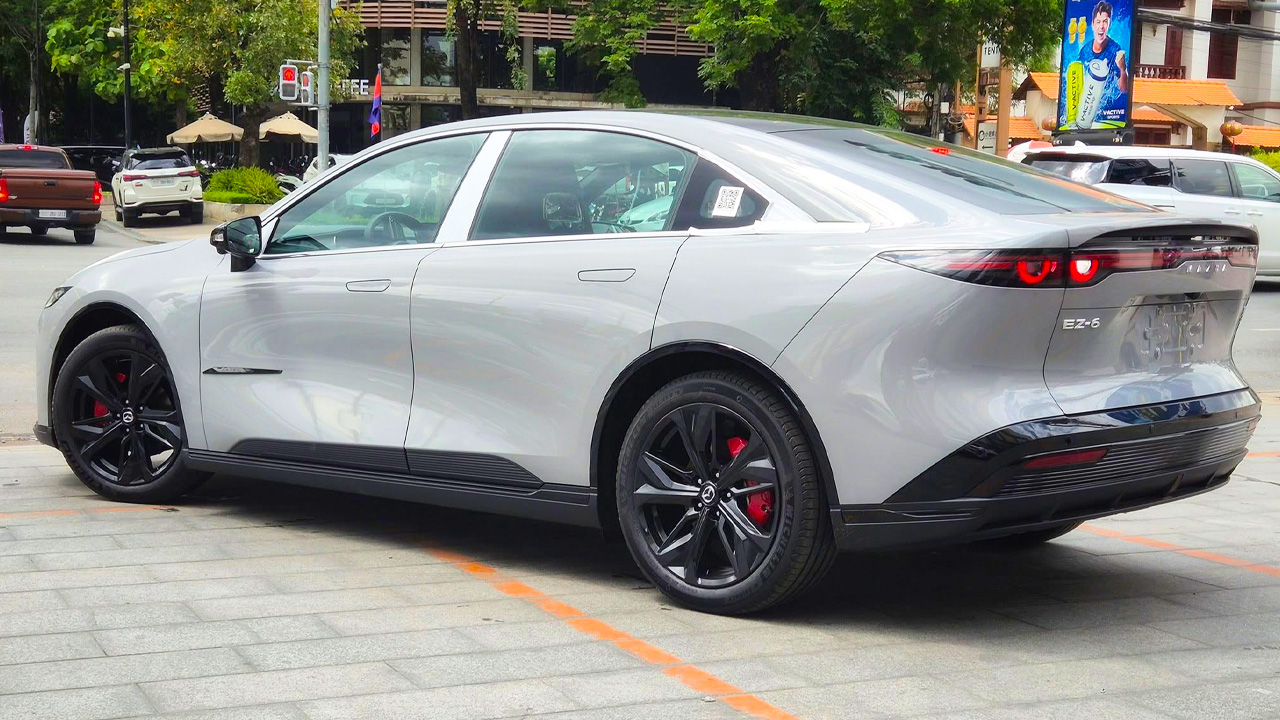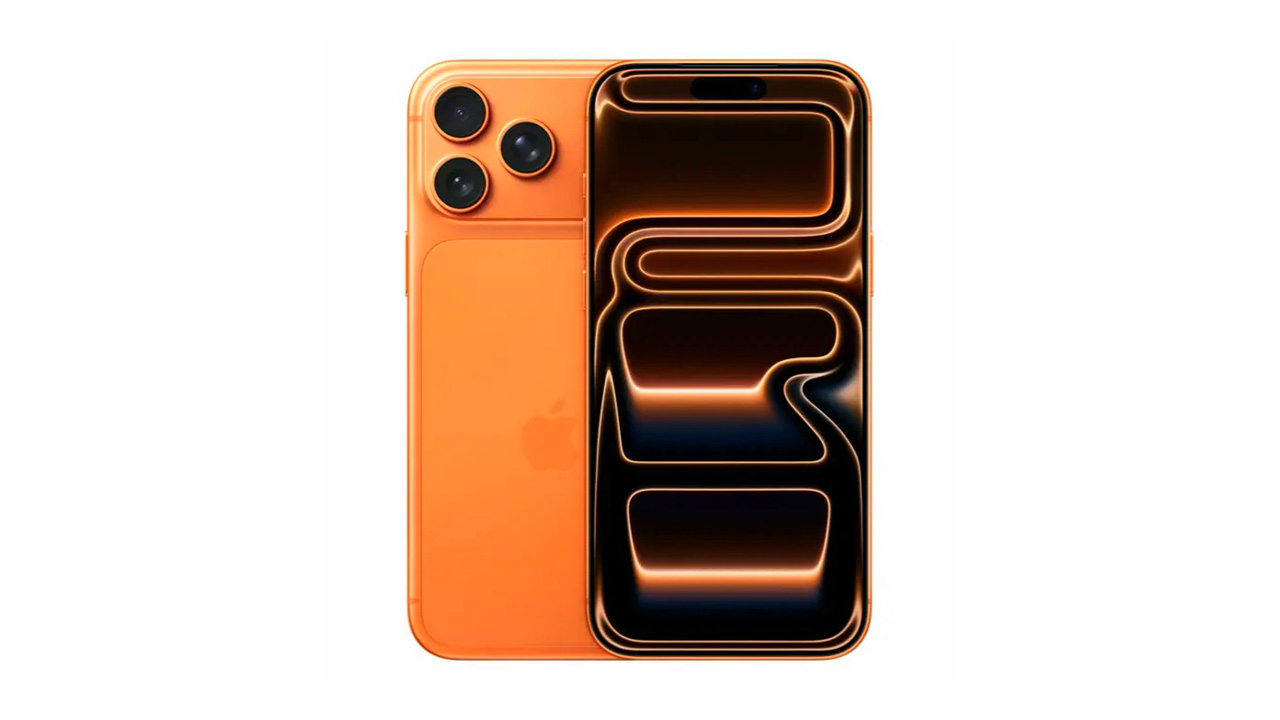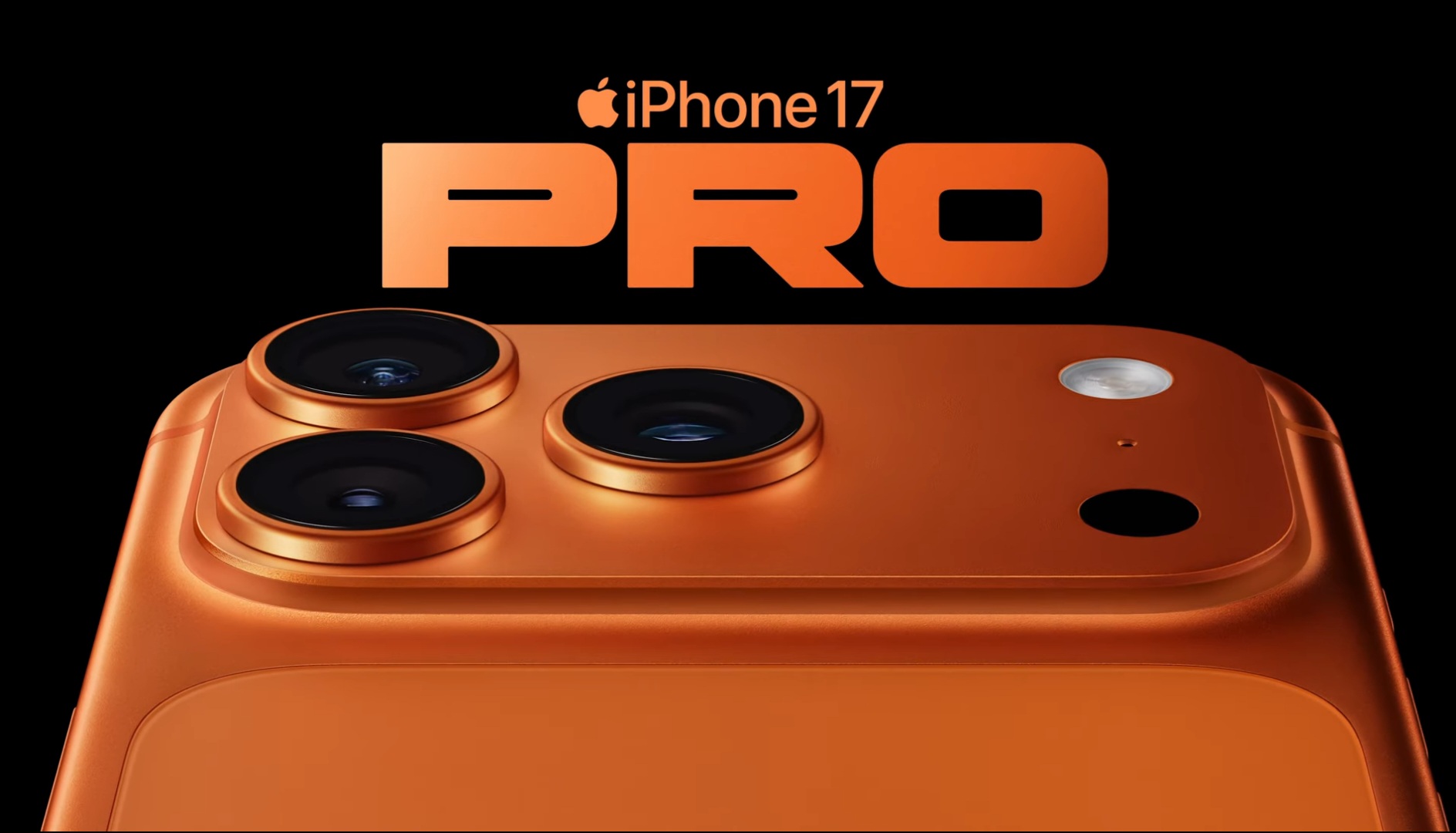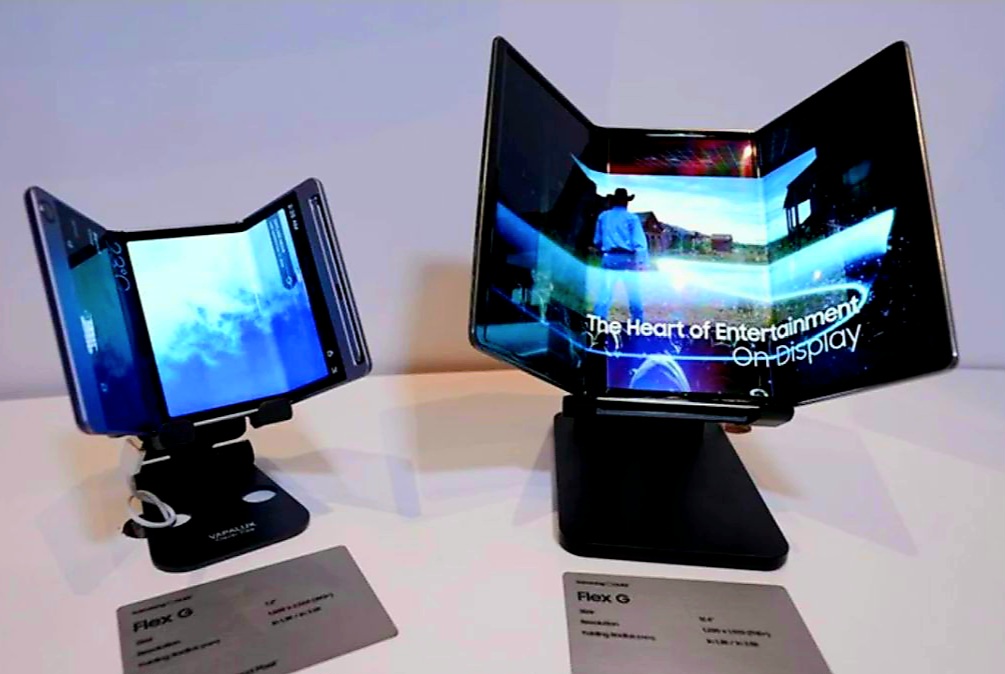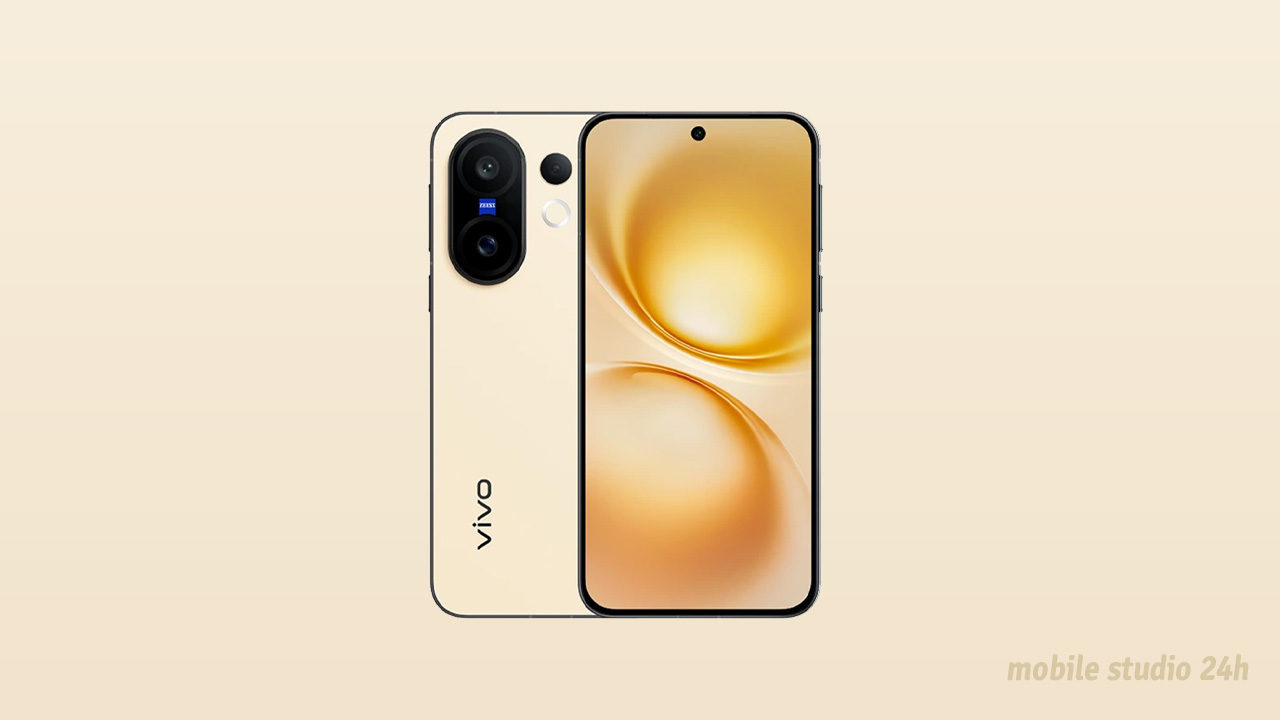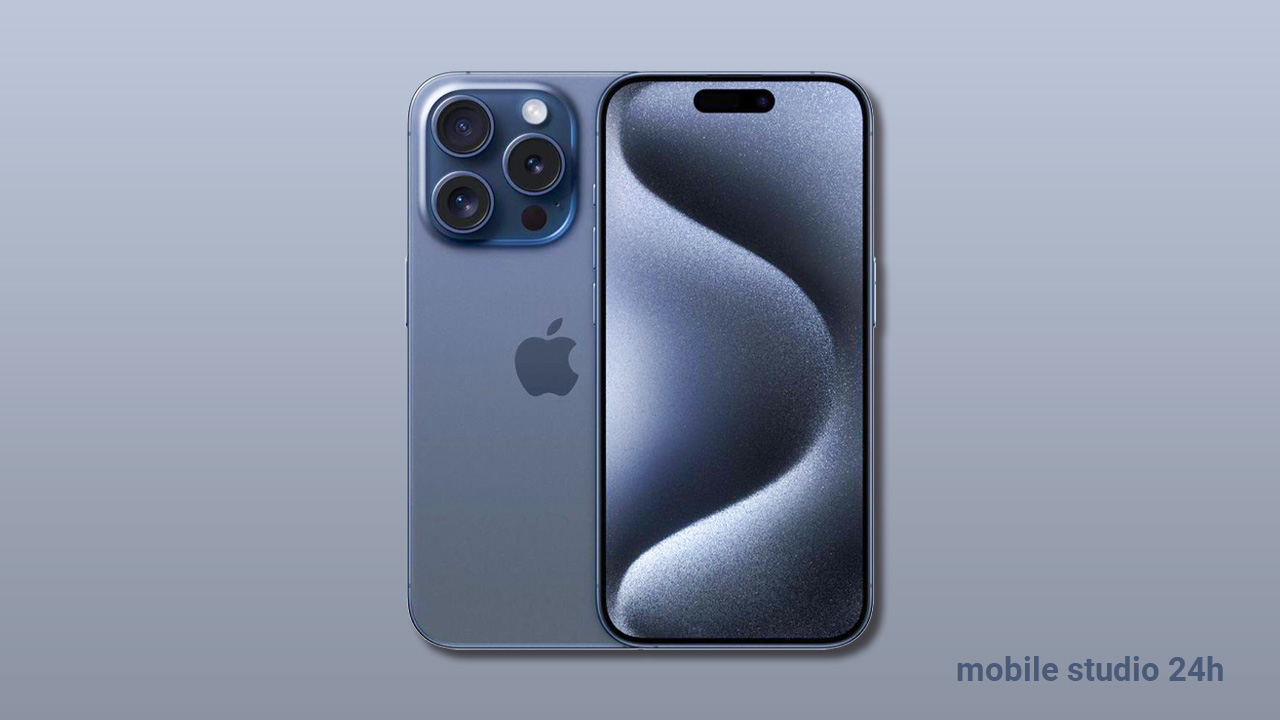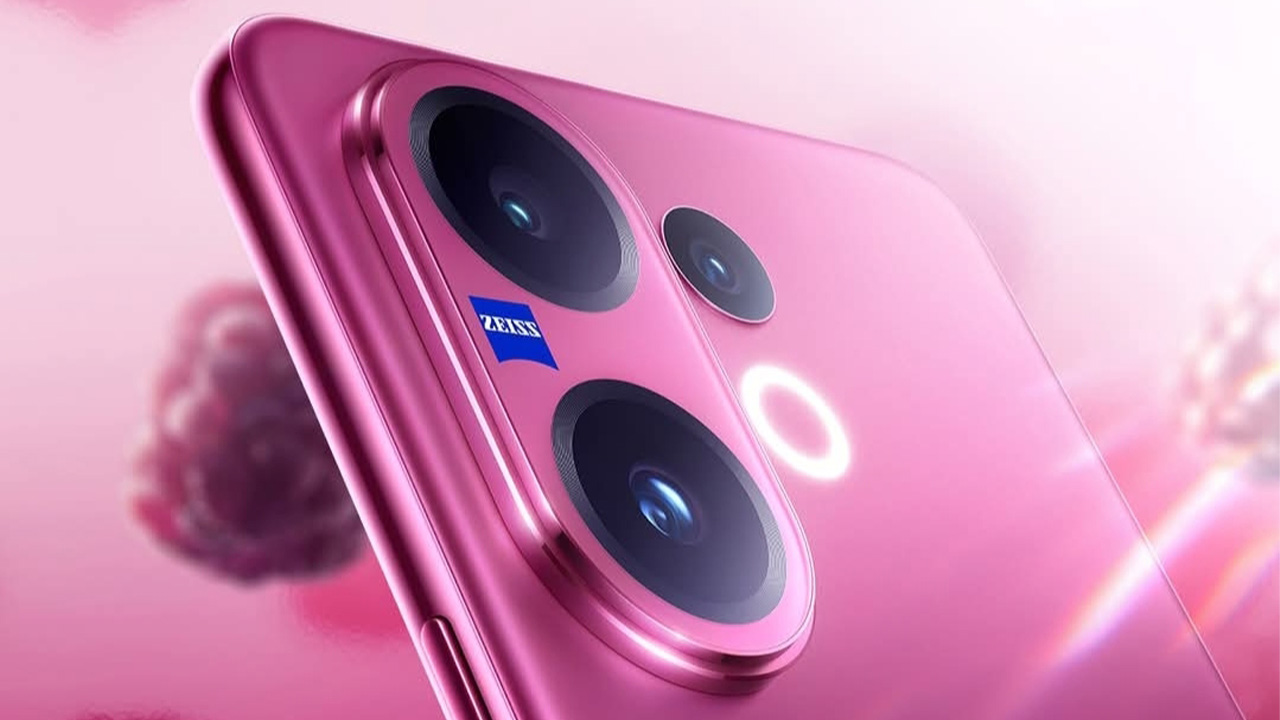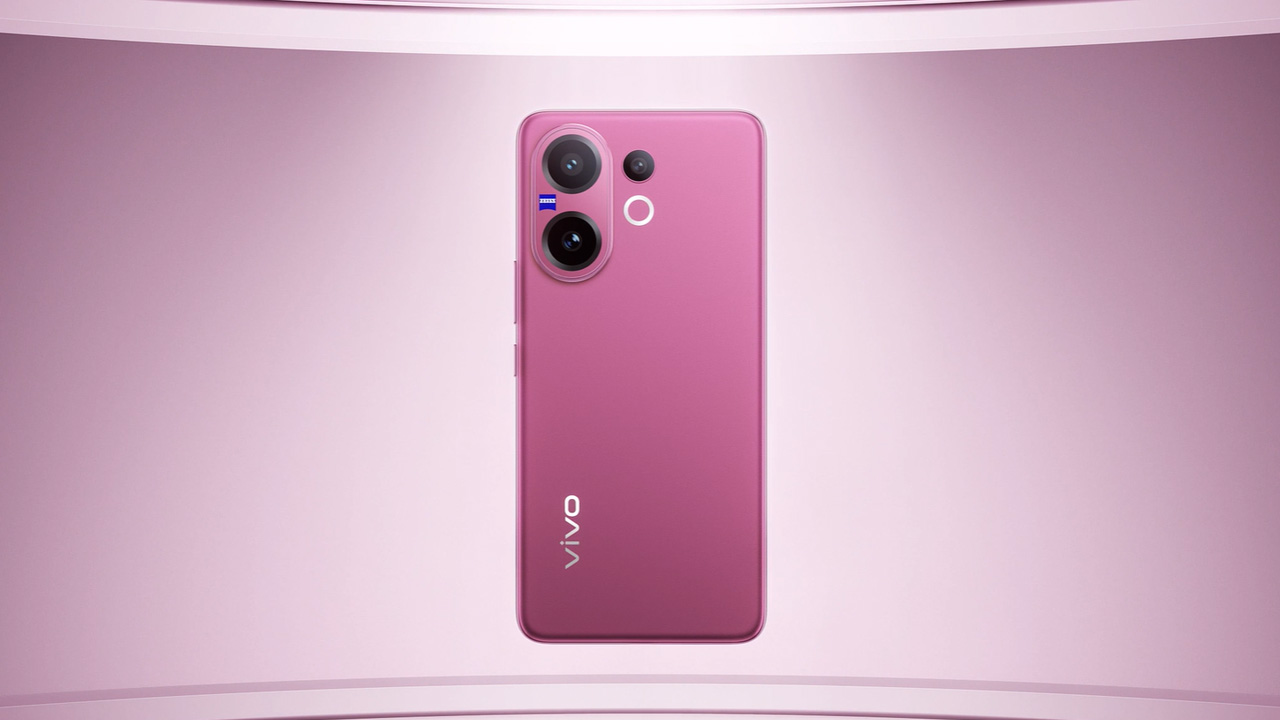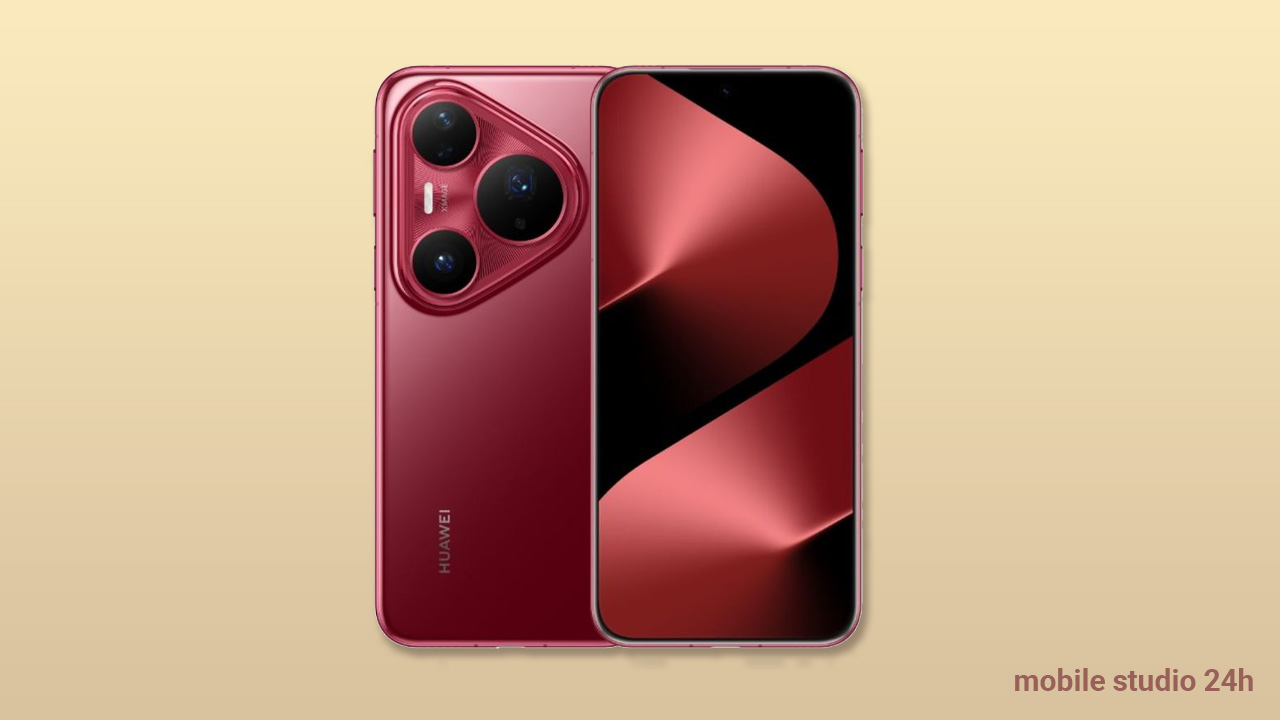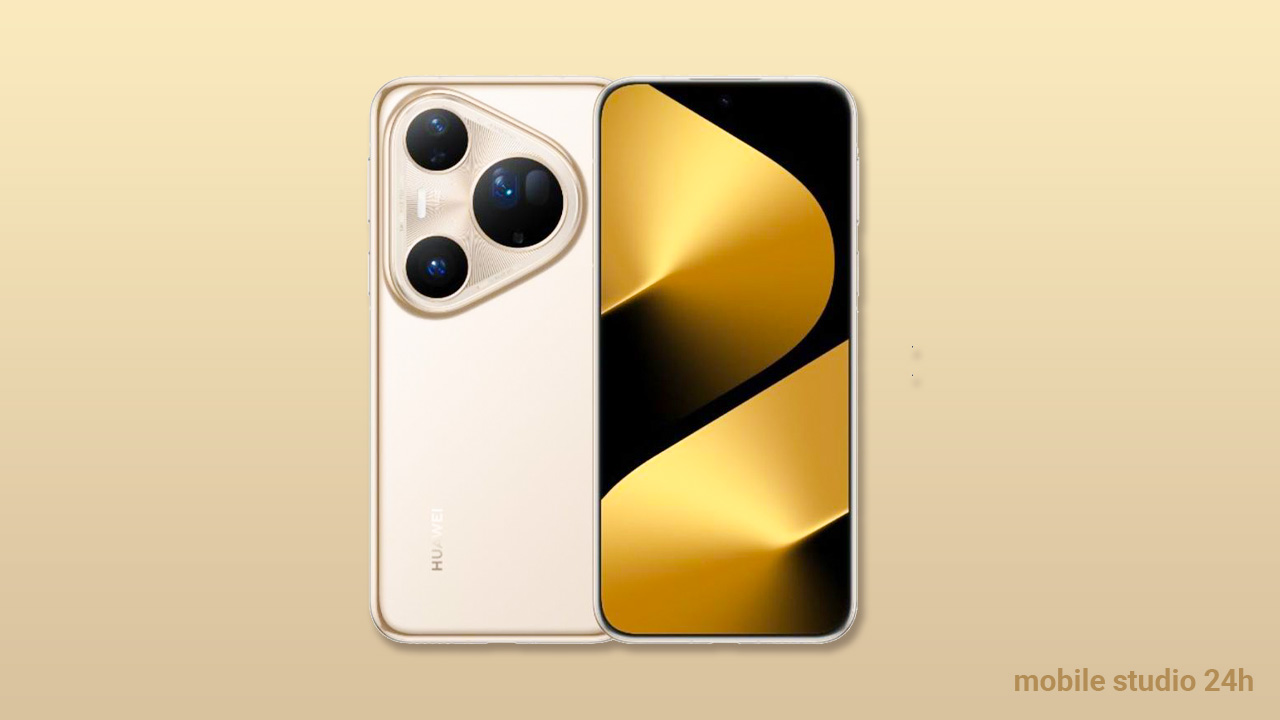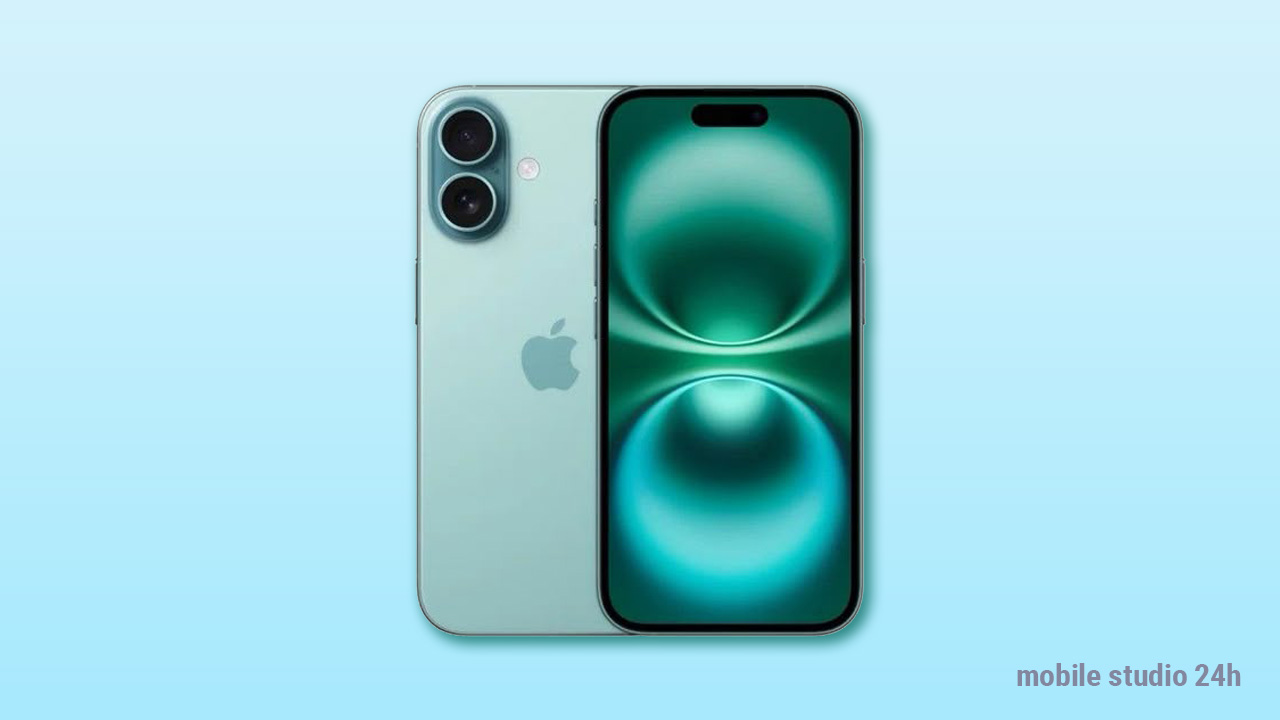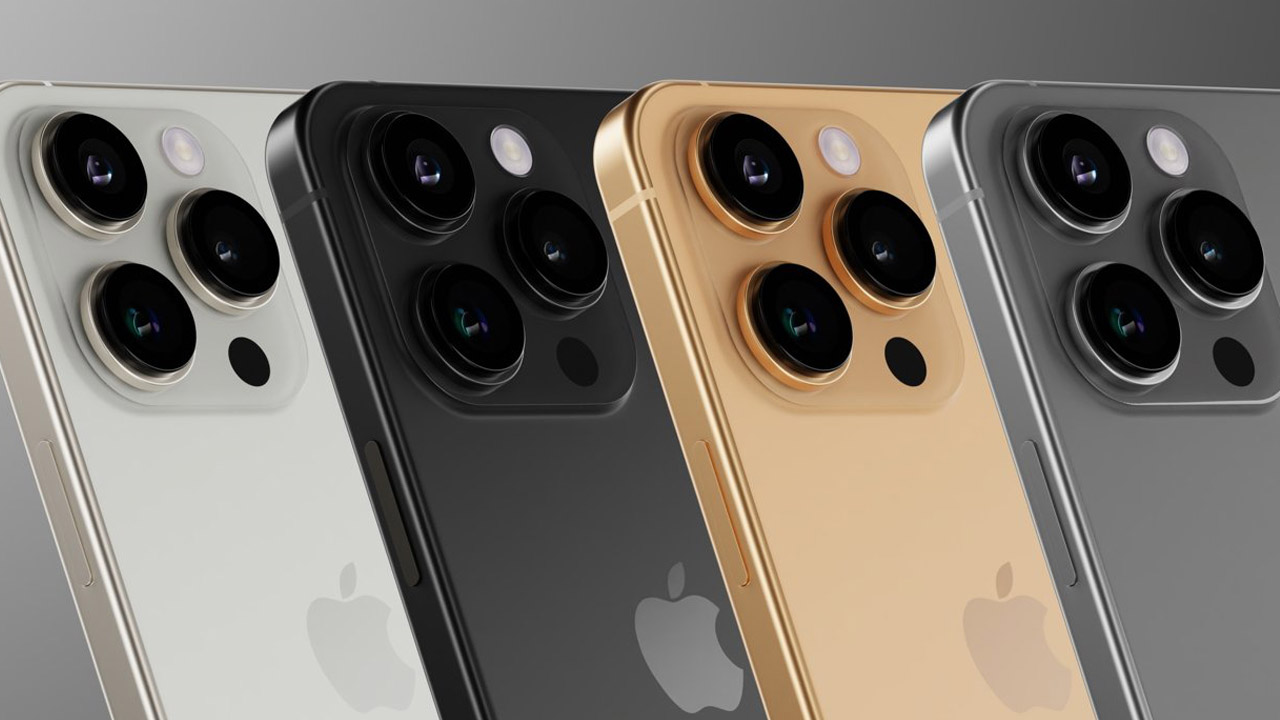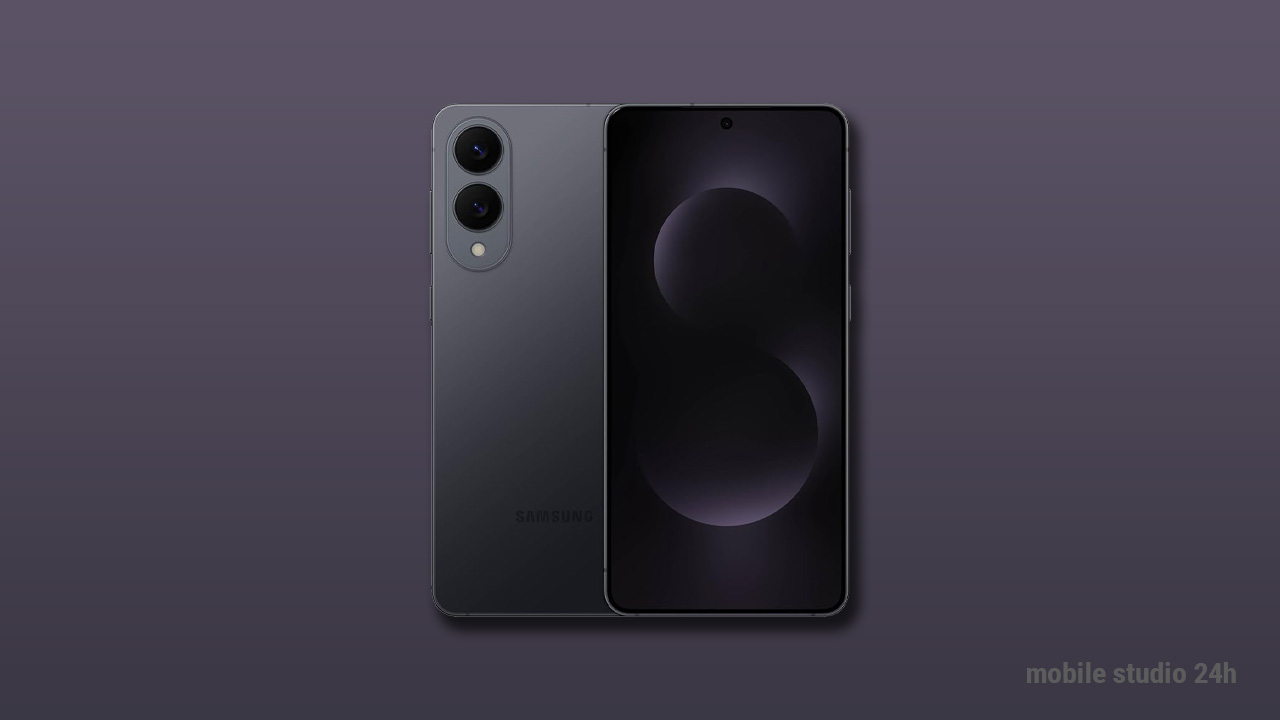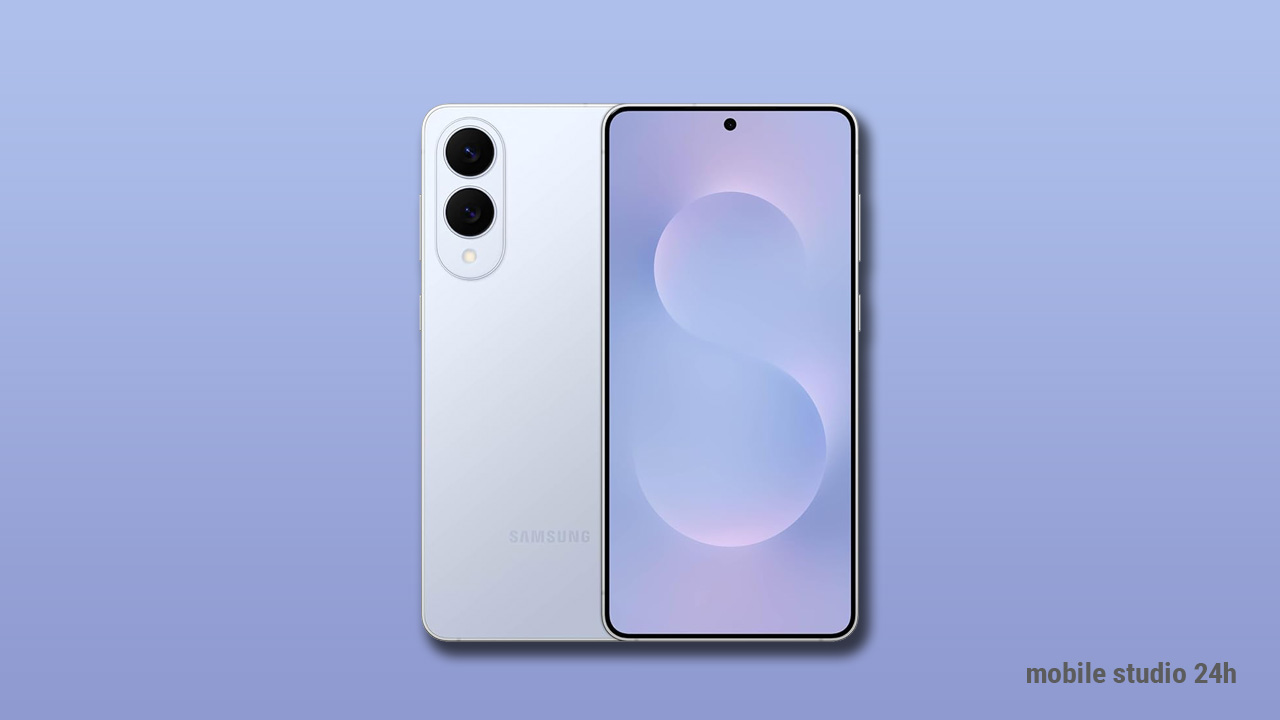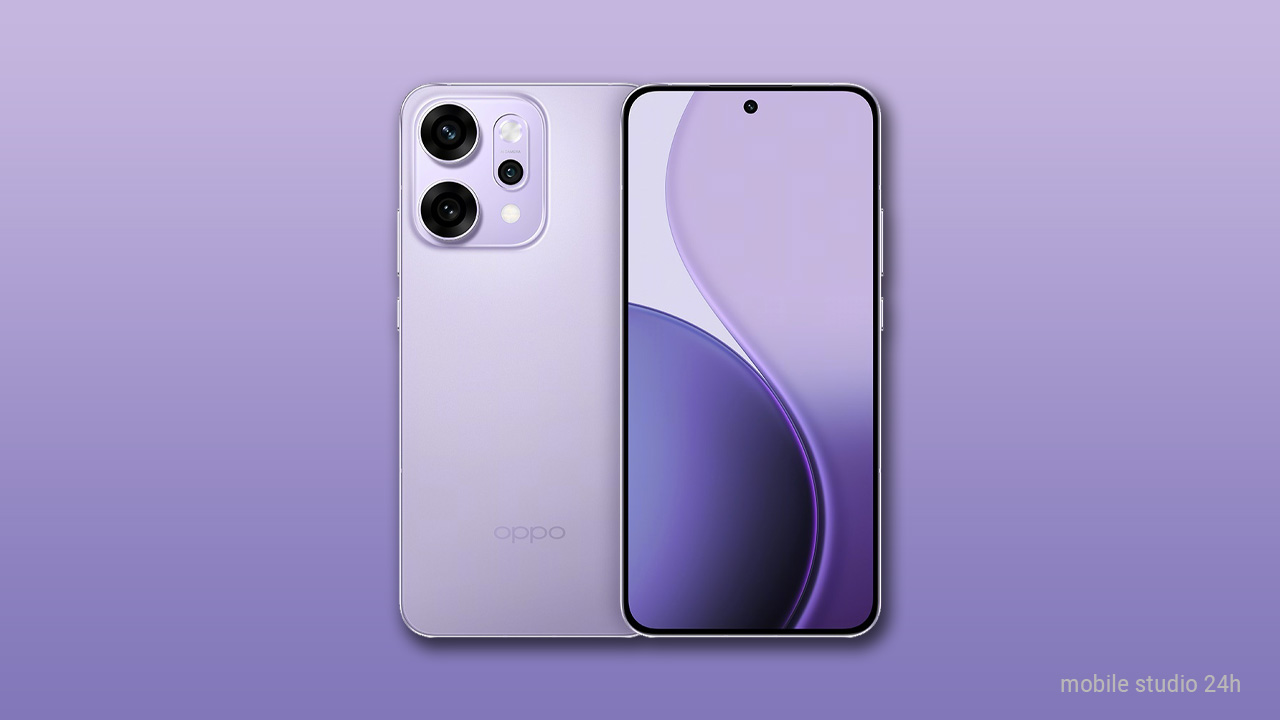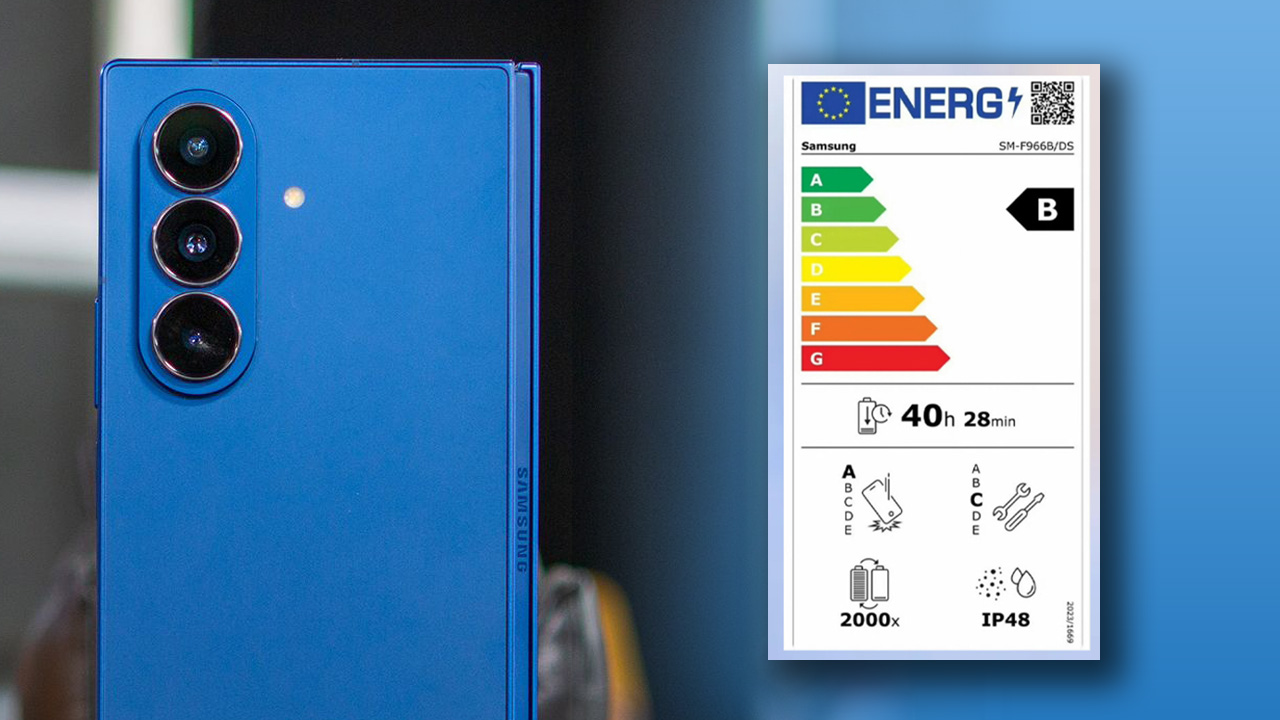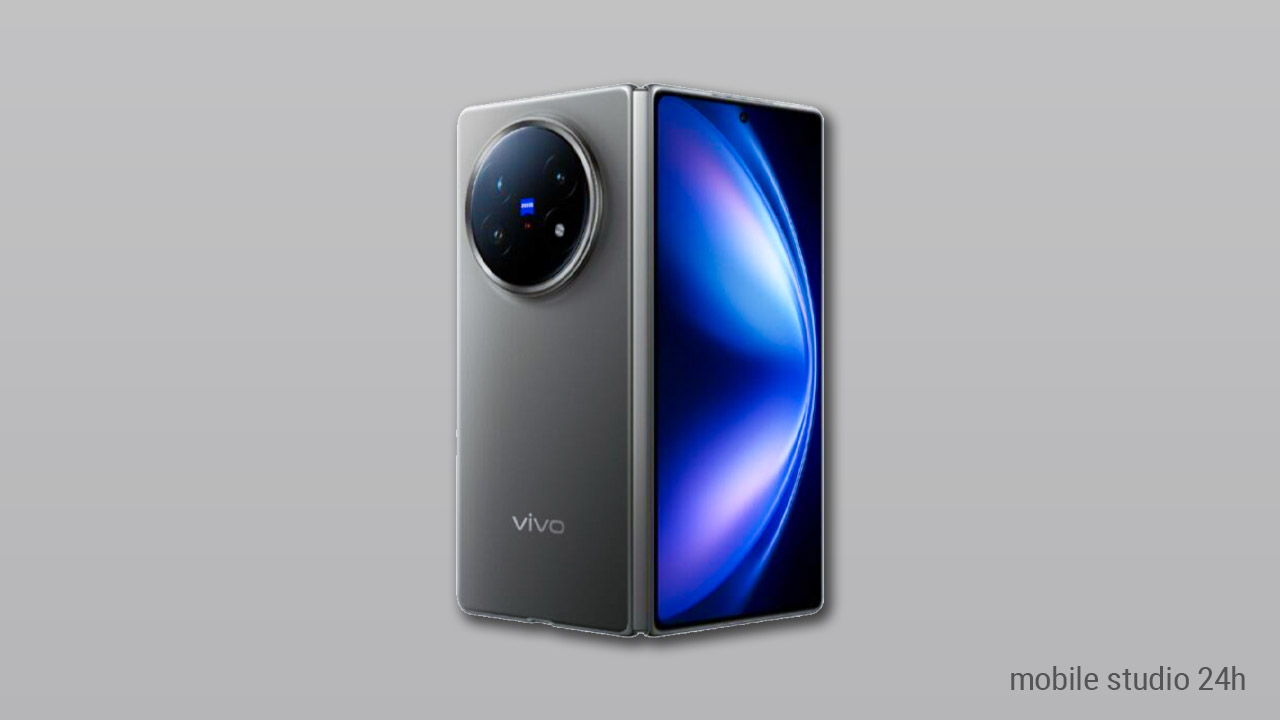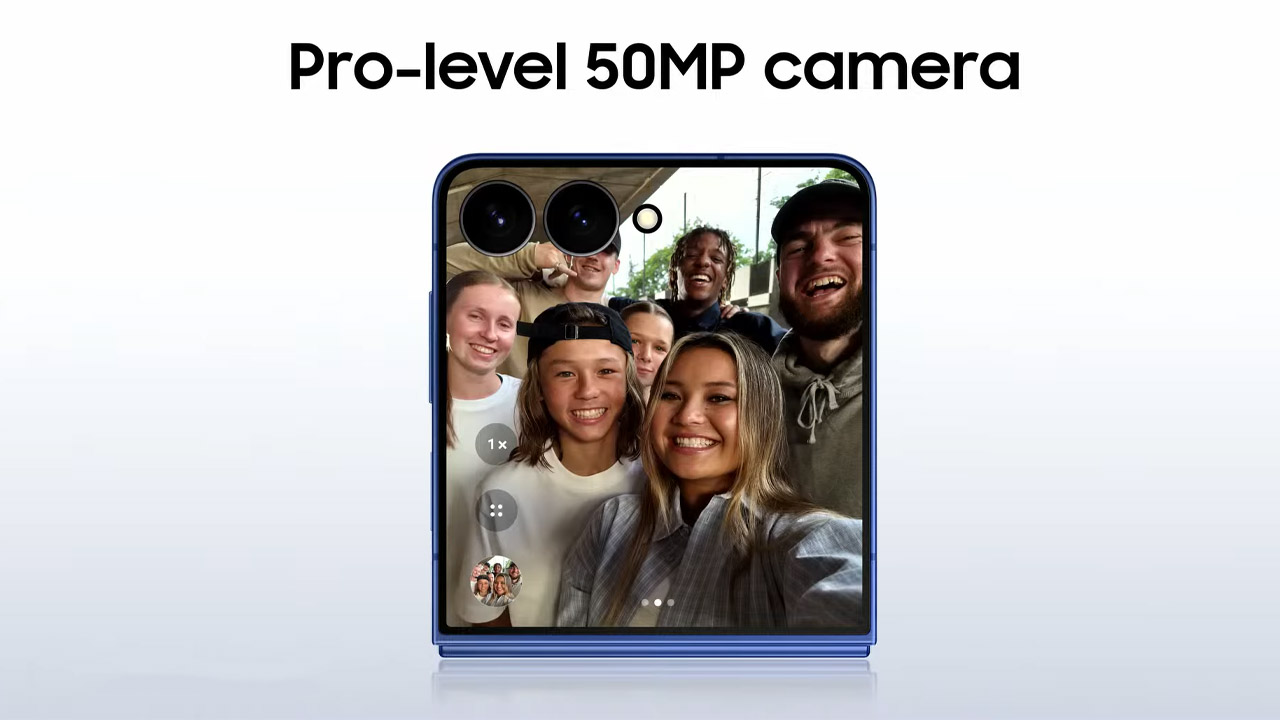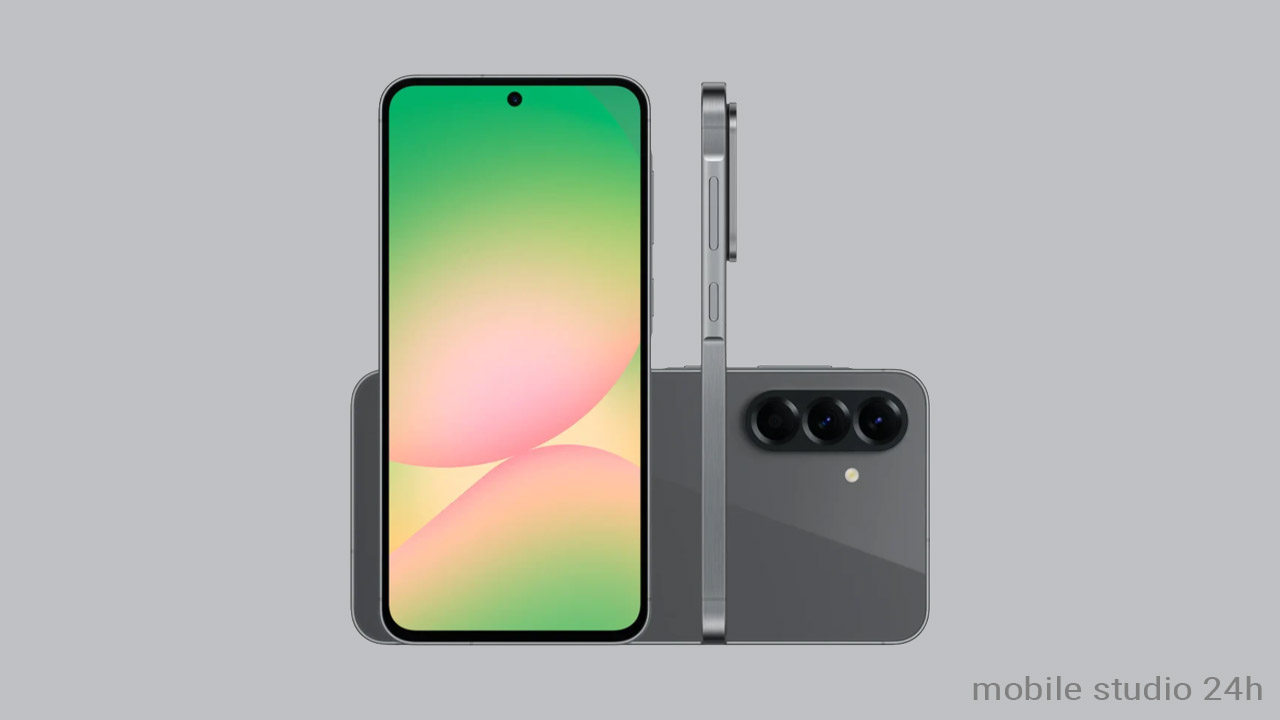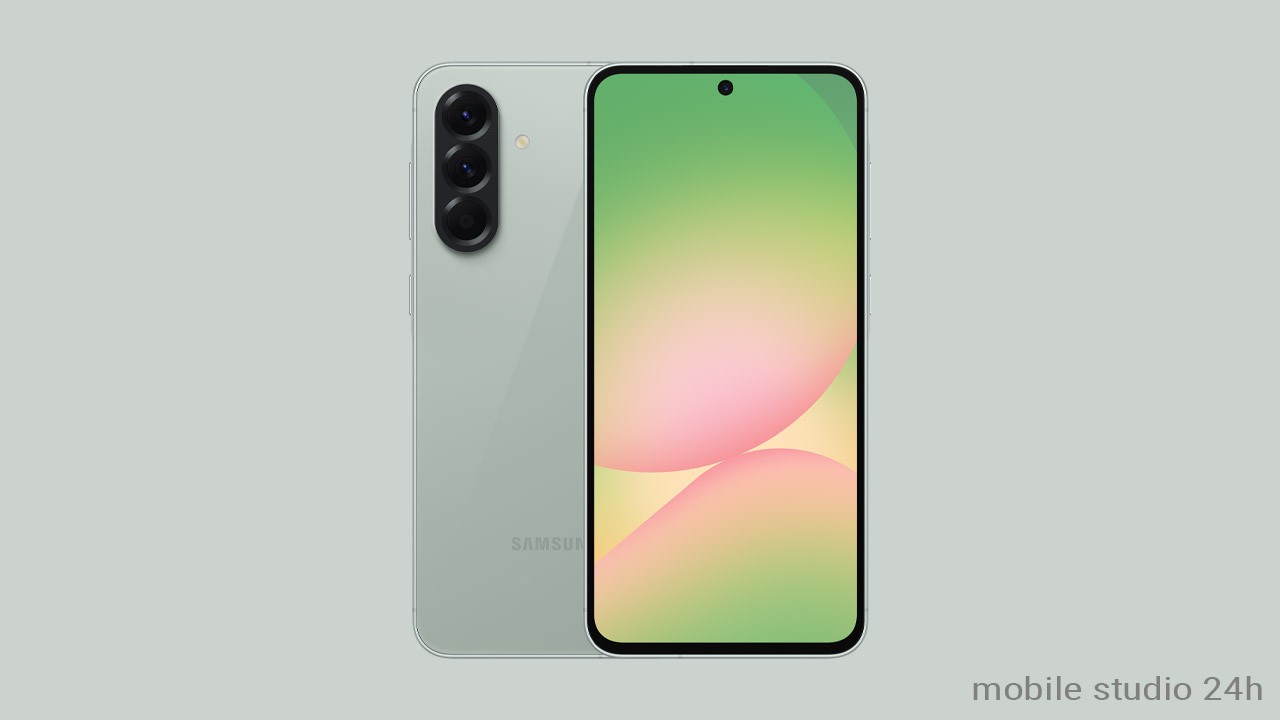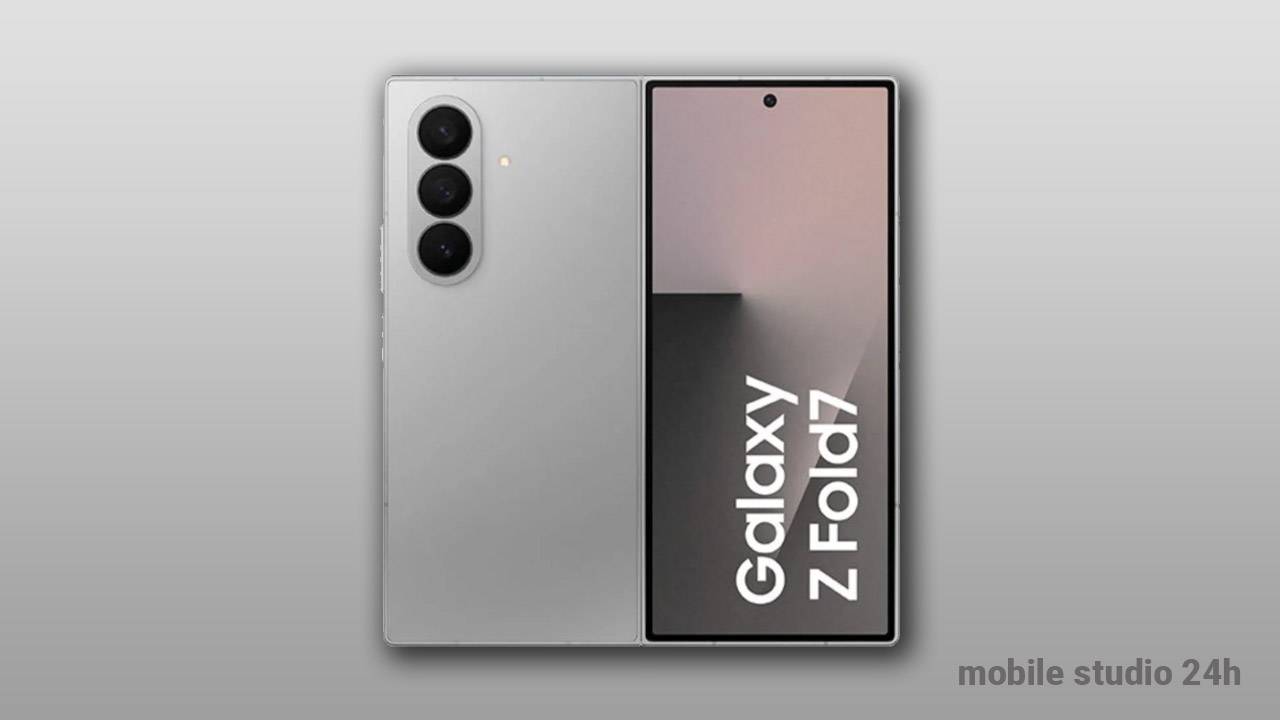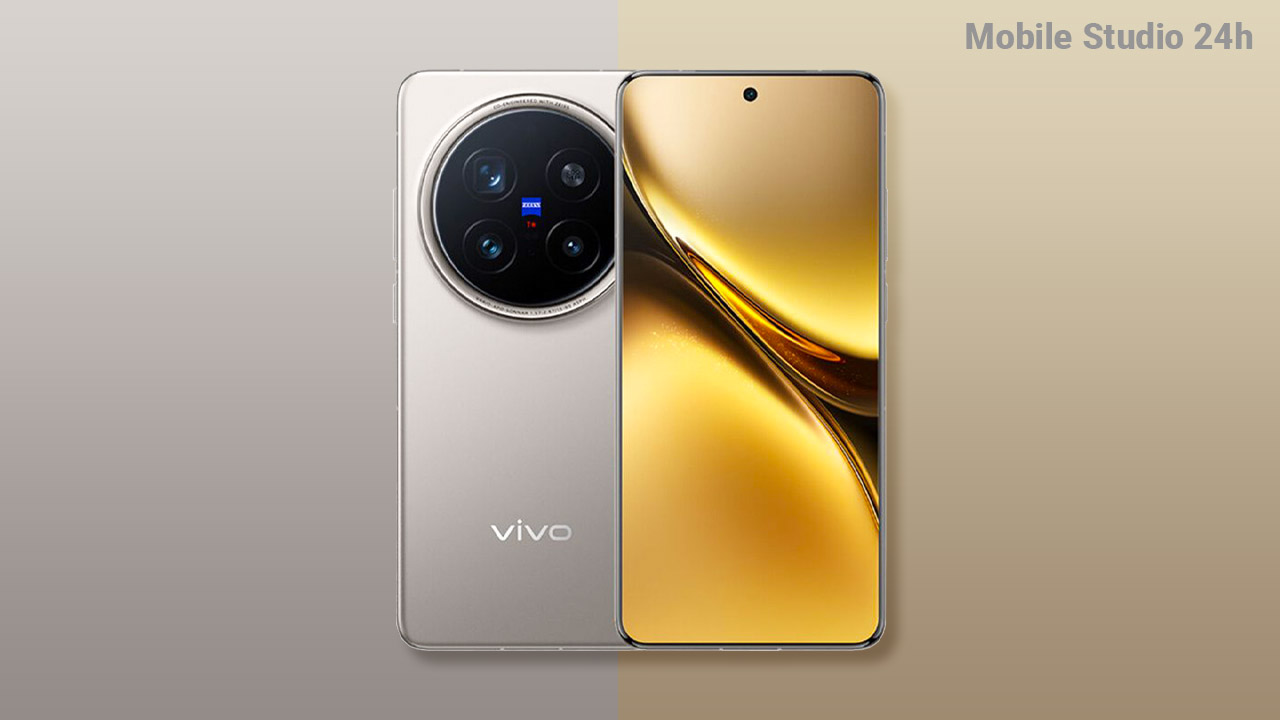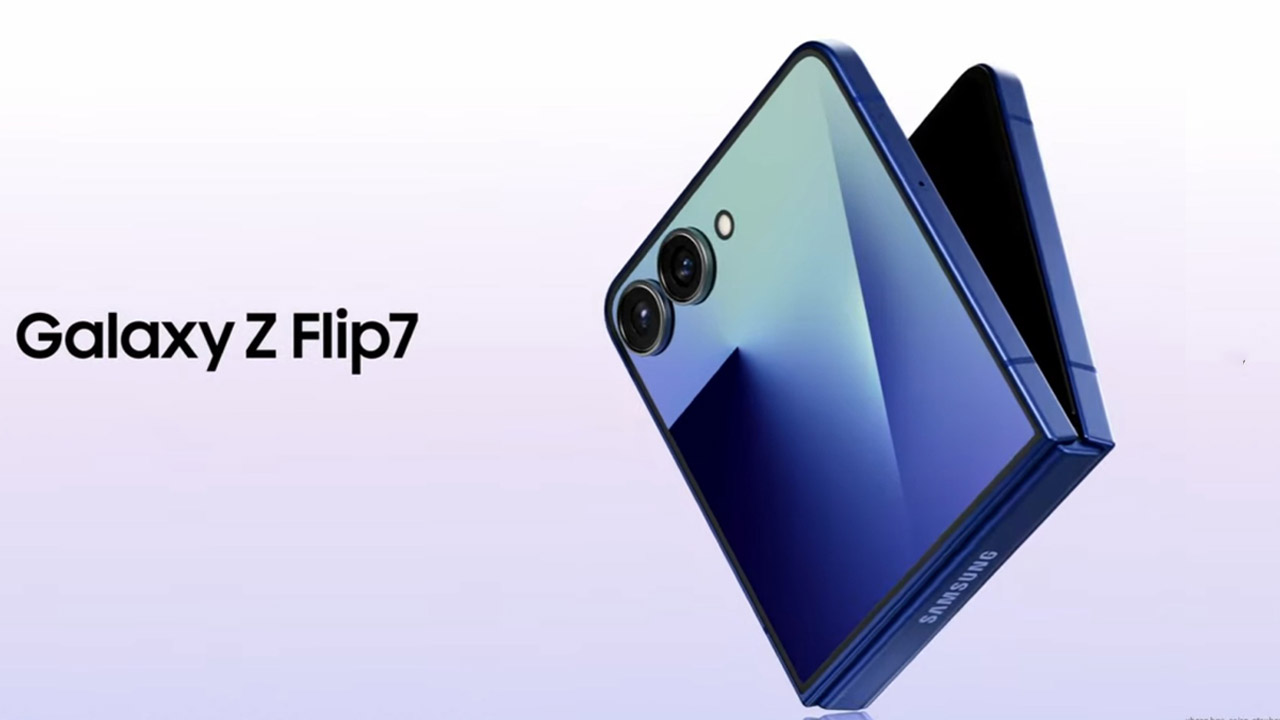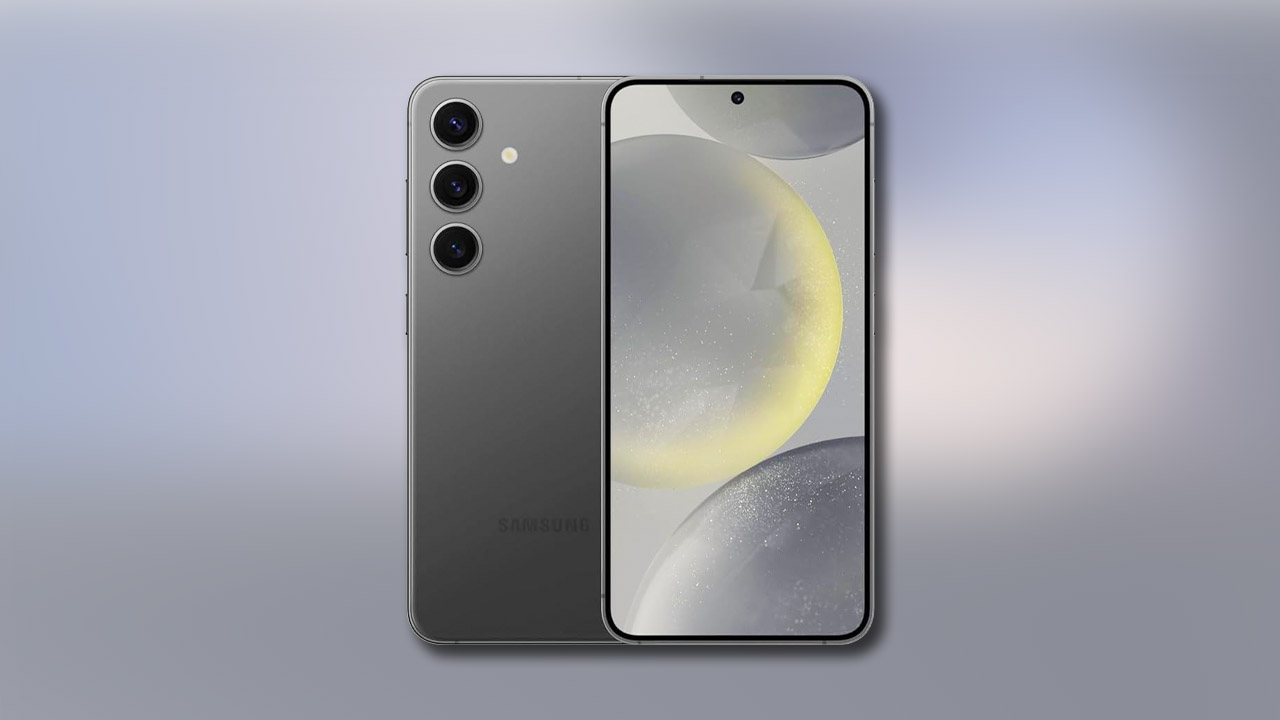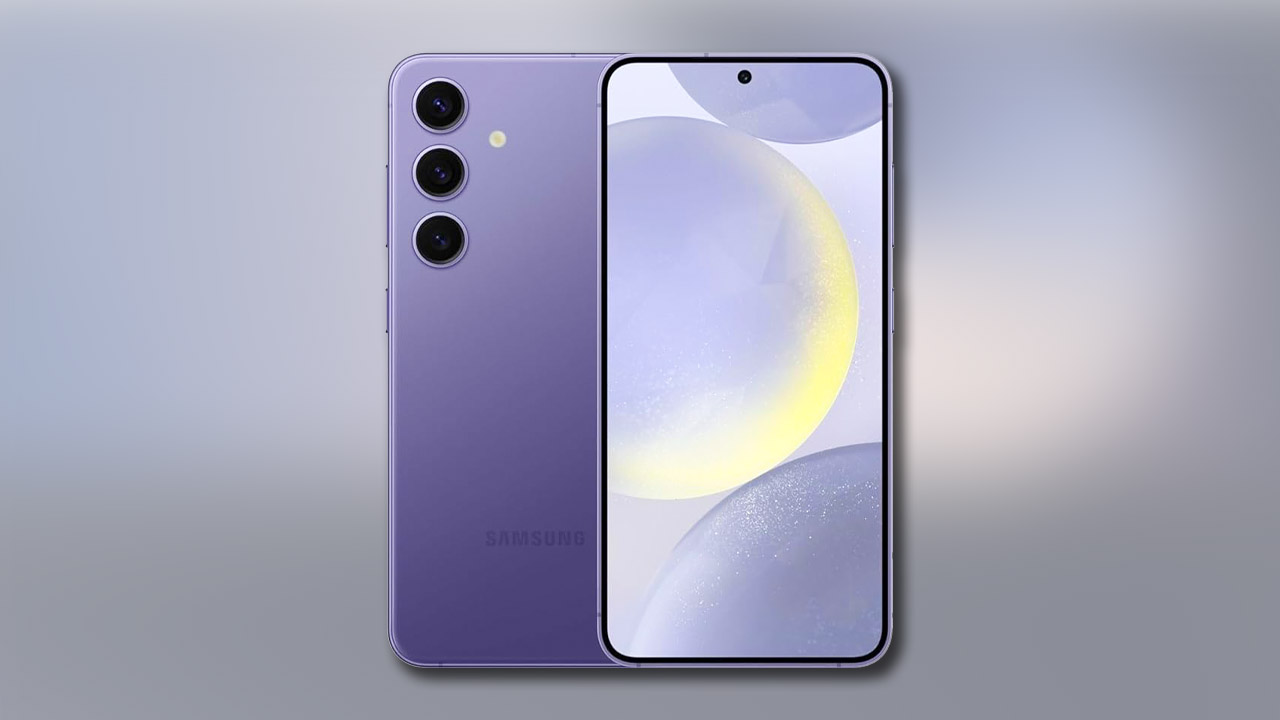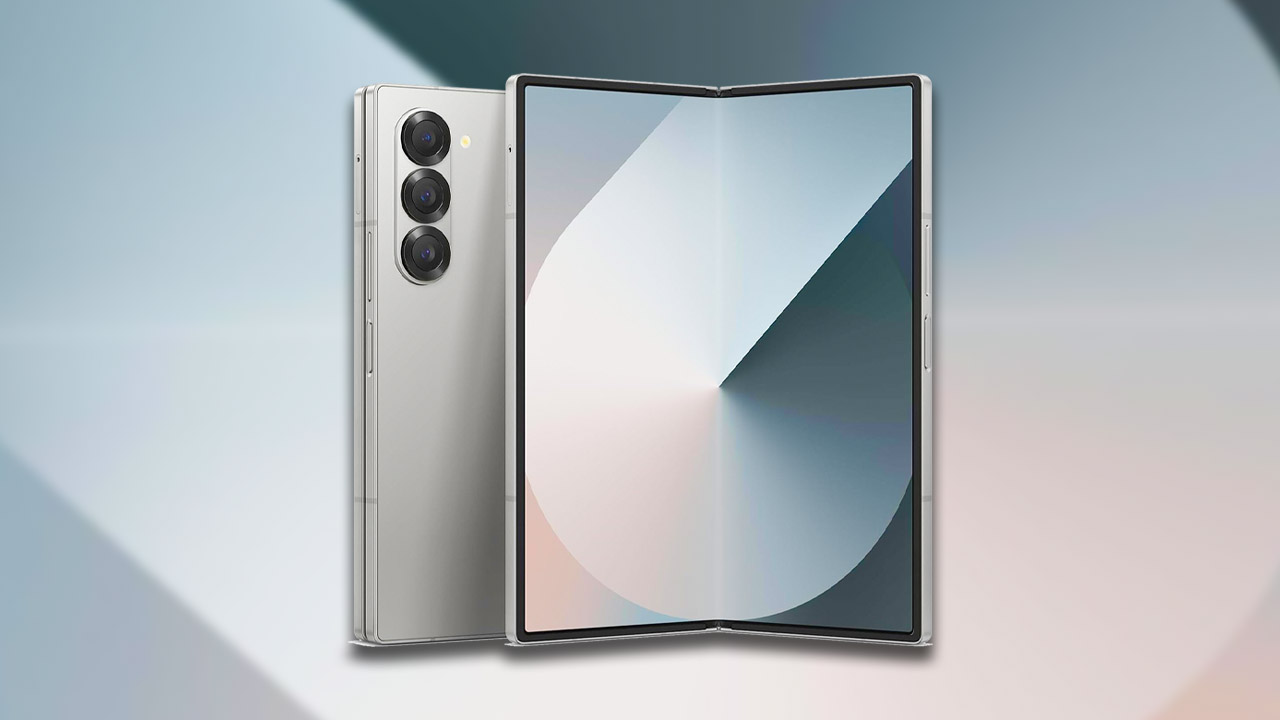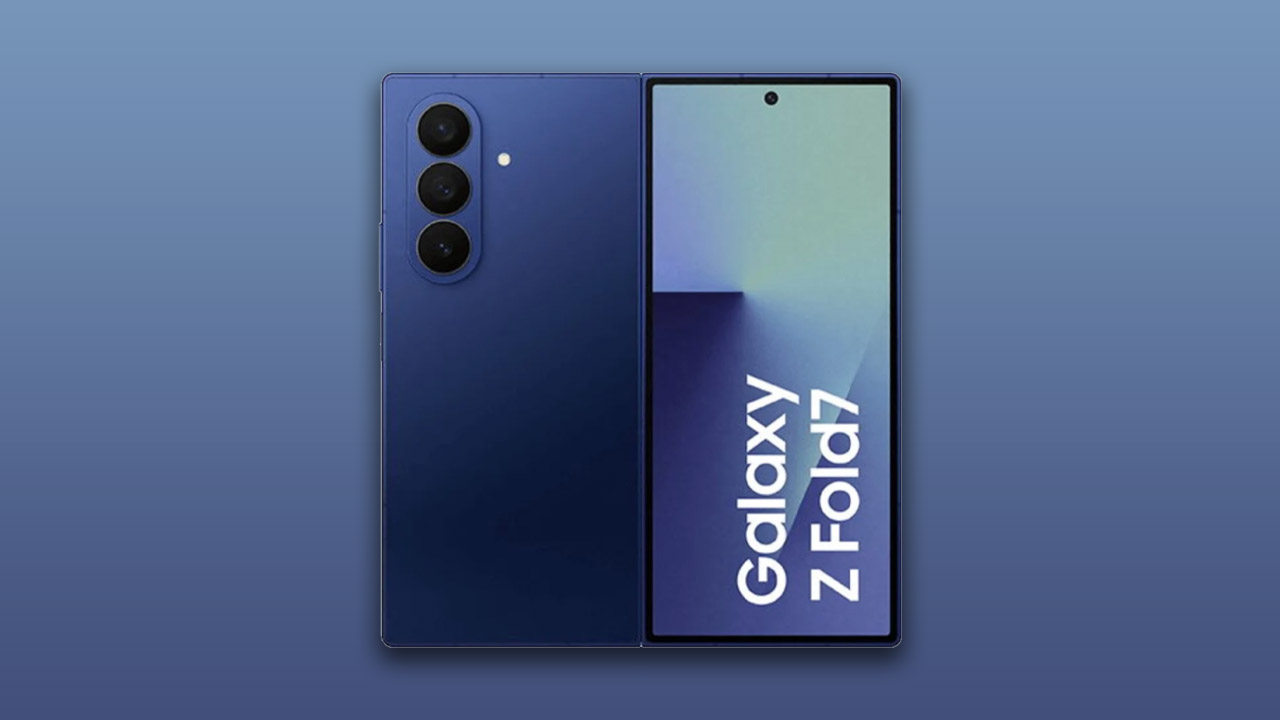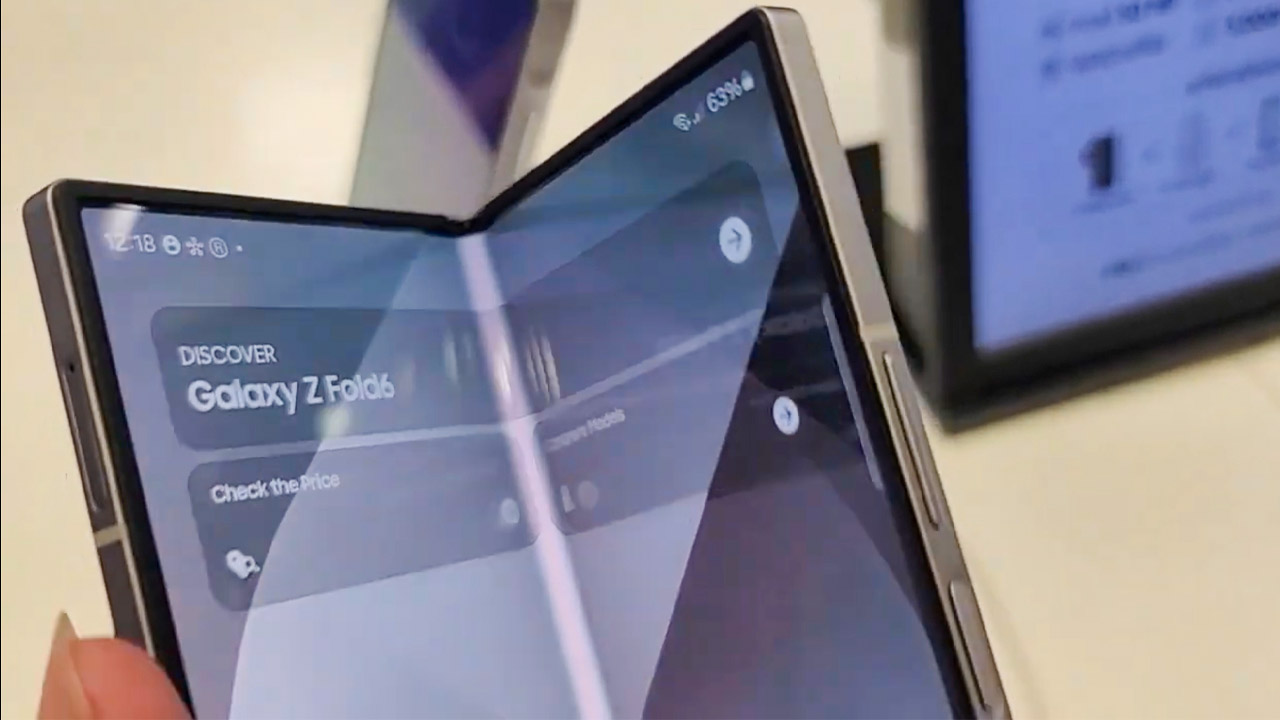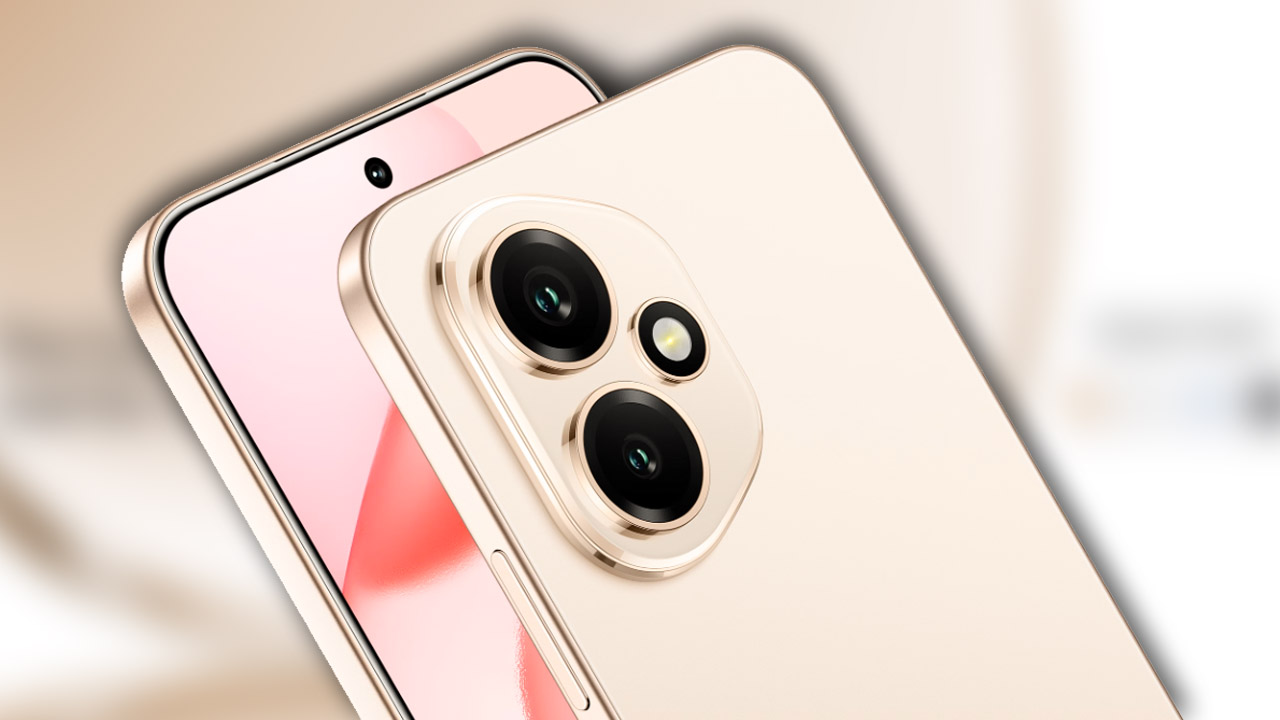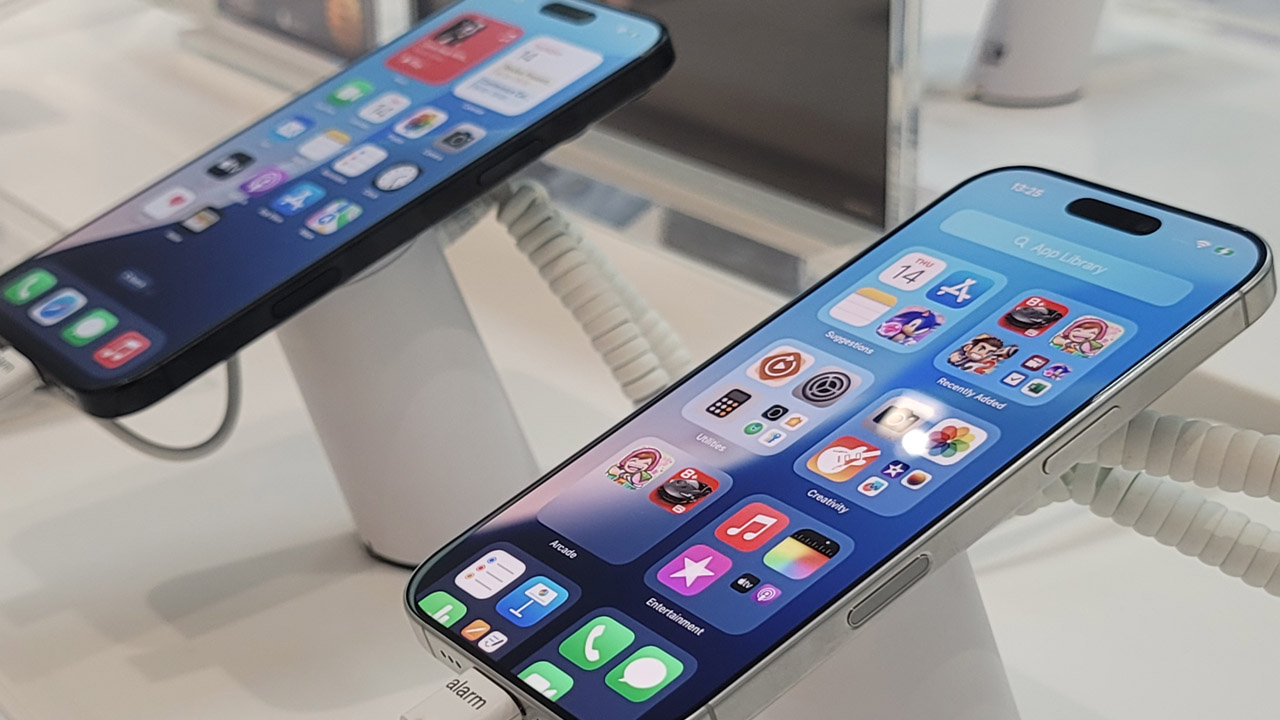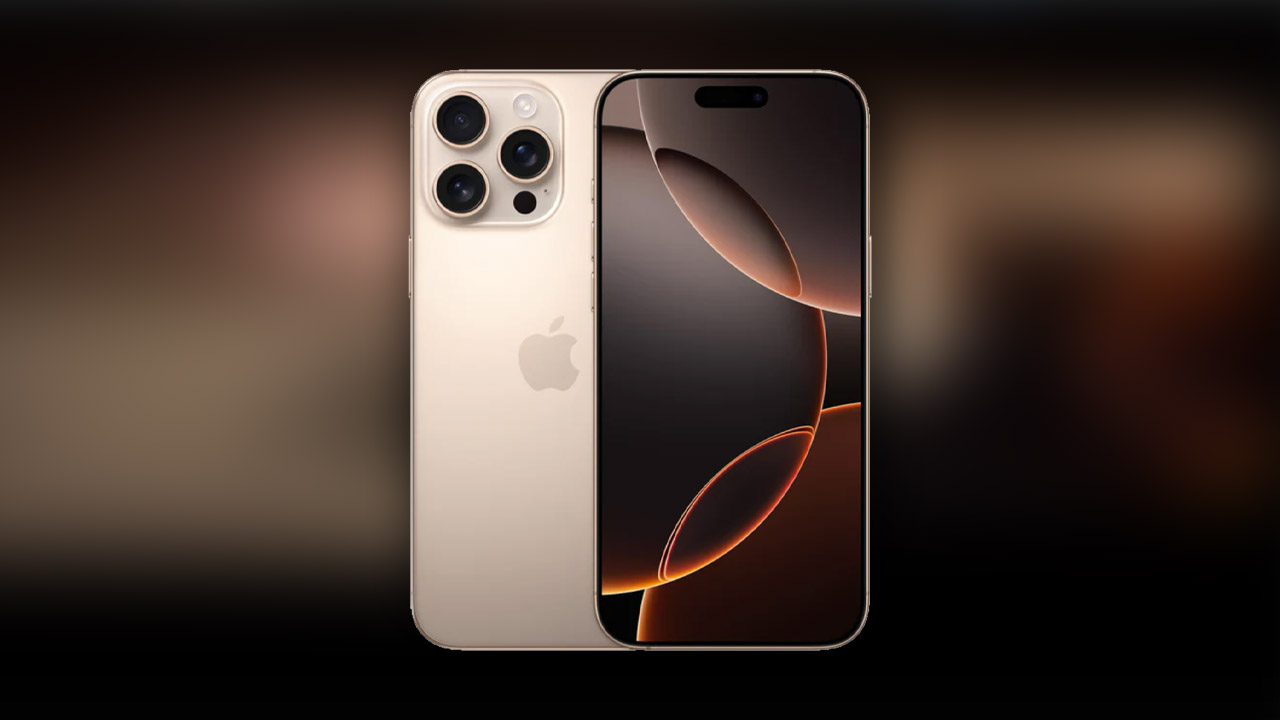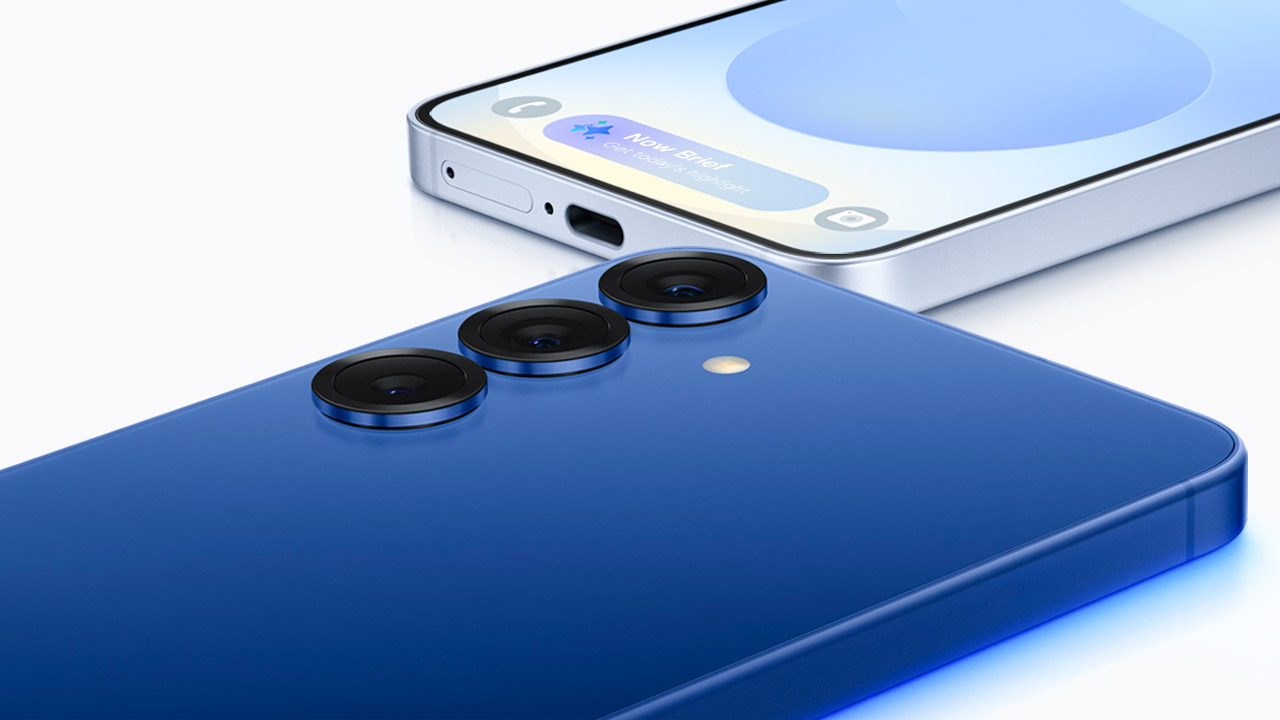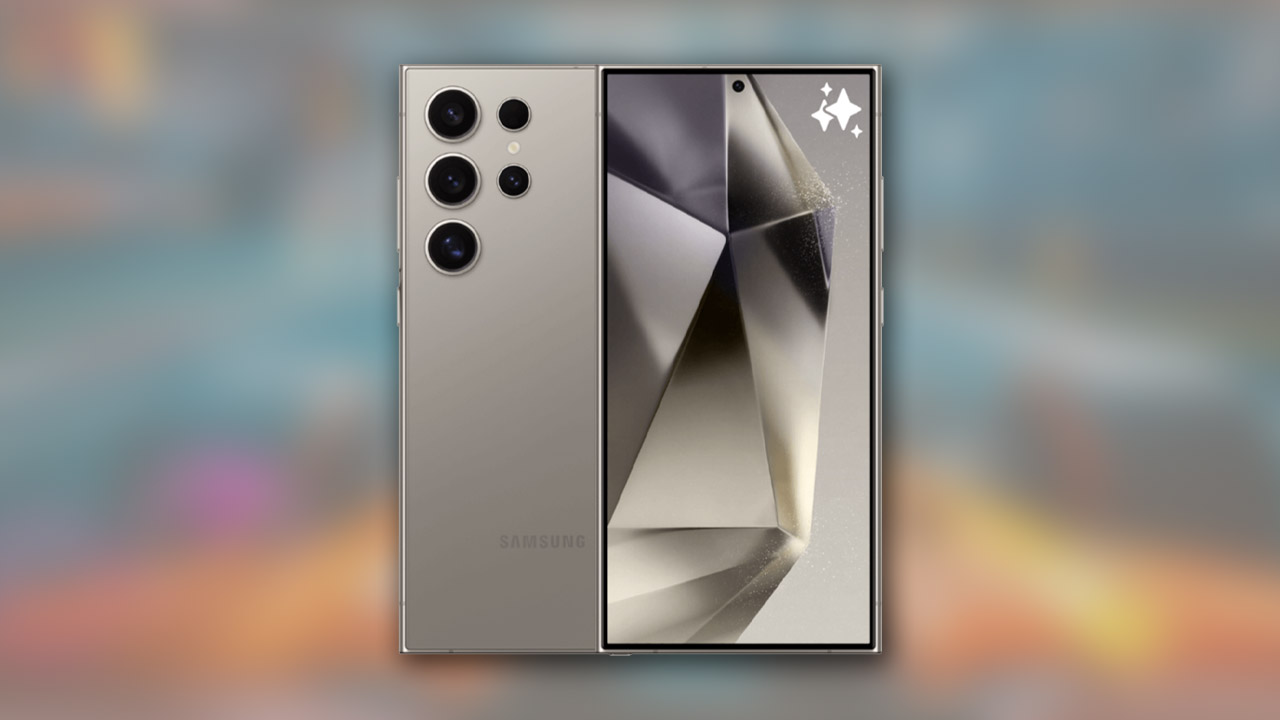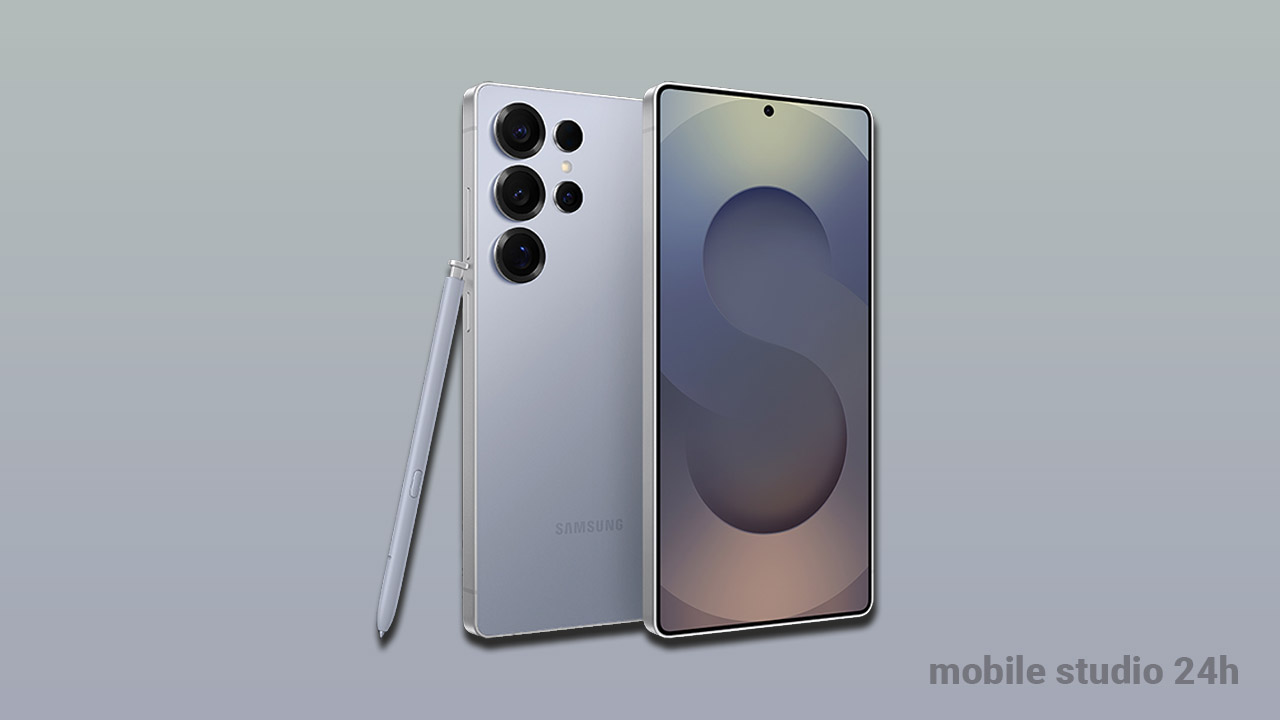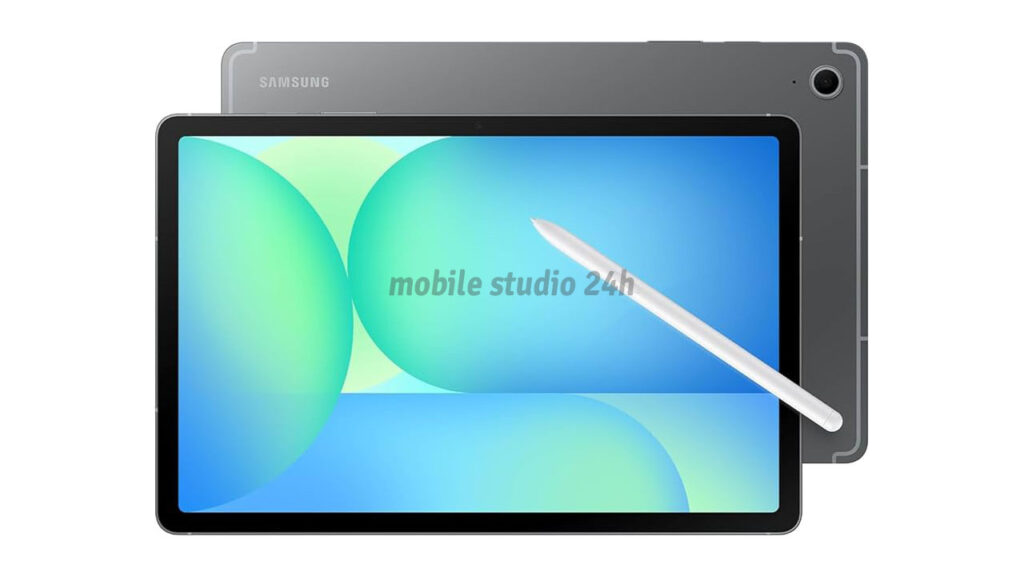
The “Fan Edition” strategy has become crucial to Samsung’s tablet lineup, positioning the Galaxy Tab S10 FE as the most anticipated middle-ground device of the year. Historically, the FE tablets masterfully blend premium features—like the S Pen and refined design—with smart hardware compromises to hit a sweet spot in pricing. For the Tab S10 FE to succeed, it must maintain a delicate balance: delivering enough flagship quality to earn the “S10” badge while keeping the cost accessible to students and creative professionals.
Design, Display, and the S Pen Advantage
The physical design of the Tab S10 FE is expected to be an iterative refinement of the S9 FE, featuring the clean, magnetic aesthetic synonymous with the Galaxy S series. We anticipate a durable, all-metal body and, critically, an IP68 rating for water and dust resistance, a signature feature that sets the FE series apart from most mid-range competitors.
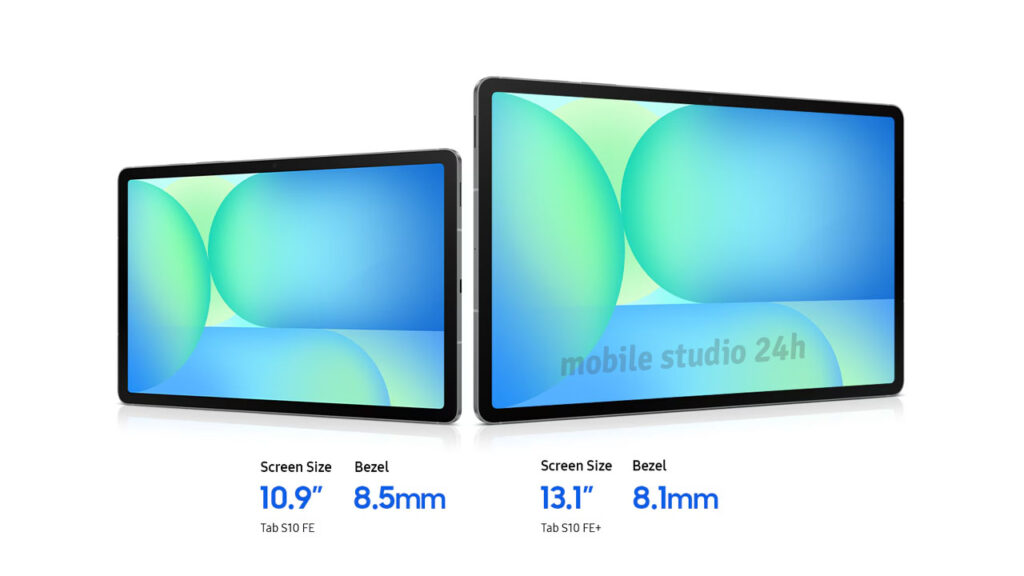
The display will likely be the primary point of differentiation from the high-end Tab S10 models. While the flagship Tabs will almost certainly sport Dynamic AMOLED 2X panels, the S10 FE will likely utilize a brilliant 10.9-inch high-refresh-rate LCD screen. The key here is the refresh rate; a smooth 120Hz display is essential to compete effectively and fully capitalize on the tablet’s biggest draw: the included S Pen. Samsung’s decision to bundle the S Pen with the tablet, unlike many competitors who charge extra for a stylus, is arguably the most compelling value proposition of the entire FE lineup. The display quality must be excellent for reading, media consumption, and, most importantly, low-latency inking.
Performance, Multitasking, and Ecosystem
The performance trade-off is where Samsung saves money and where users must decide if the compromise is acceptable. Instead of the top-tier Snapdragon or Exynos chip expected in the Tab S10 Ultra, the S10 FE will likely feature a powerful, upper mid-range processor—perhaps a specially optimized version of a current-generation Exynos or a Snapdragon 7-series equivalent. This chip doesn’t need to benchmark as a powerhouse, but it must handle heavy multitasking and complex applications without lag.
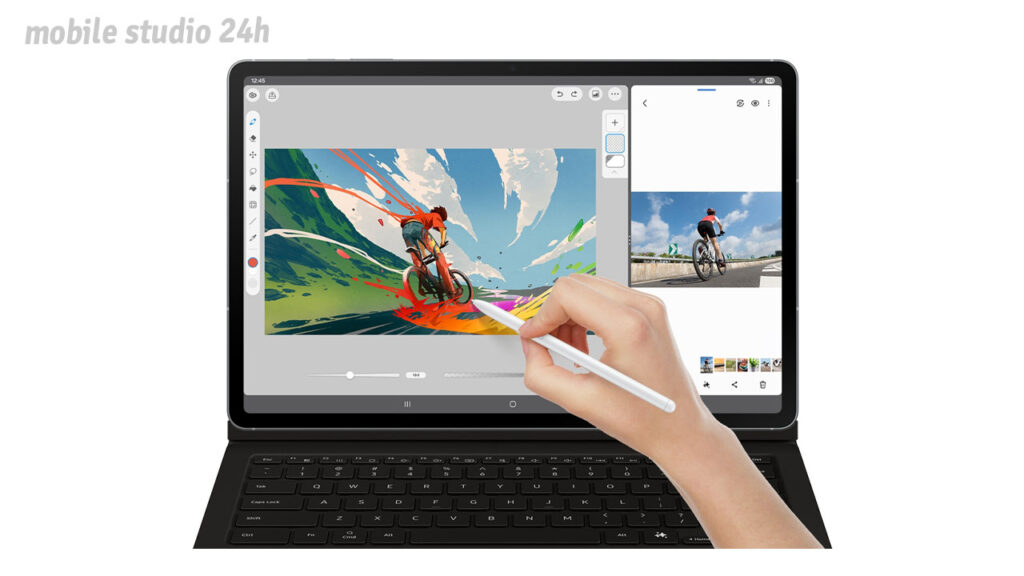
The true strength of any Samsung tablet lies in its software and ecosystem integration. The S10 FE will ship with the latest version of One UI, making features like split-screen app usage and pop-up windows seamless. Furthermore, support for DeX mode is mandatory. DeX, which transforms the tablet experience into a desktop-like environment, is invaluable for productivity. This allows users to connect an external monitor or use the tablet with an optional keyboard case to create a genuinely portable workstation. For users already invested in the Galaxy ecosystem (phones, watches, earbuds), the immediate, effortless continuity features will be a significant selling point.
Battery Life and The Value Equation
Given the likely choice of an LCD panel (which is generally less efficient than AMOLED) and the target user base (students, commuters, and creatives), a long-lasting battery is non-negotiable. We expect the battery to be capacious—around 8,000 mAh—delivering reliable all-day performance, a feature often more valued than marginal processing speed gains. Fast charging support is also anticipated, allowing the large cell to top up quickly between sessions.
Ultimately, the success of the Galaxy Tab S10 FE hinges entirely on its launch price. It provides a phenomenal package: a premium chassis, a great display for the price tier, a robust processing unit, and the incomparable advantage of the included, industry-leading S Pen and the powerful DeX software suite. It’s the smart choice for those who need a high-quality creative and productivity device without breaking the budget for an absolute flagship. If Samsung nails the pricing—keeping it competitive against similarly equipped iPads or Android rivals—the Tab S10 FE will undoubtedly be the best mid-range tablet to buy.

